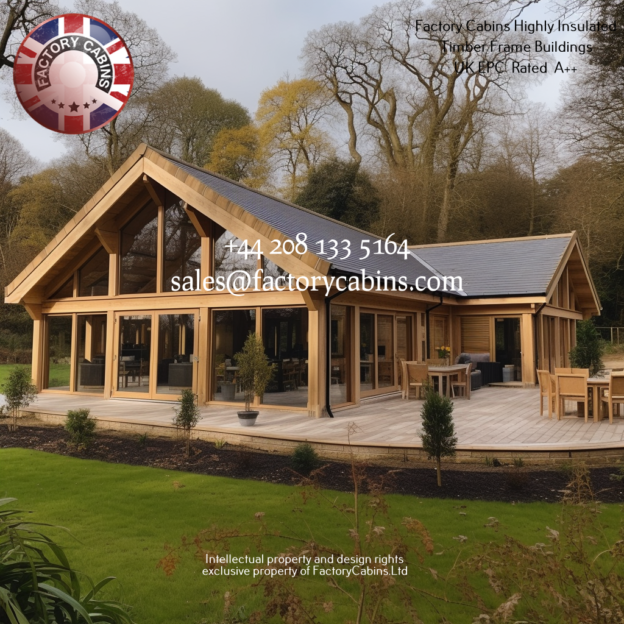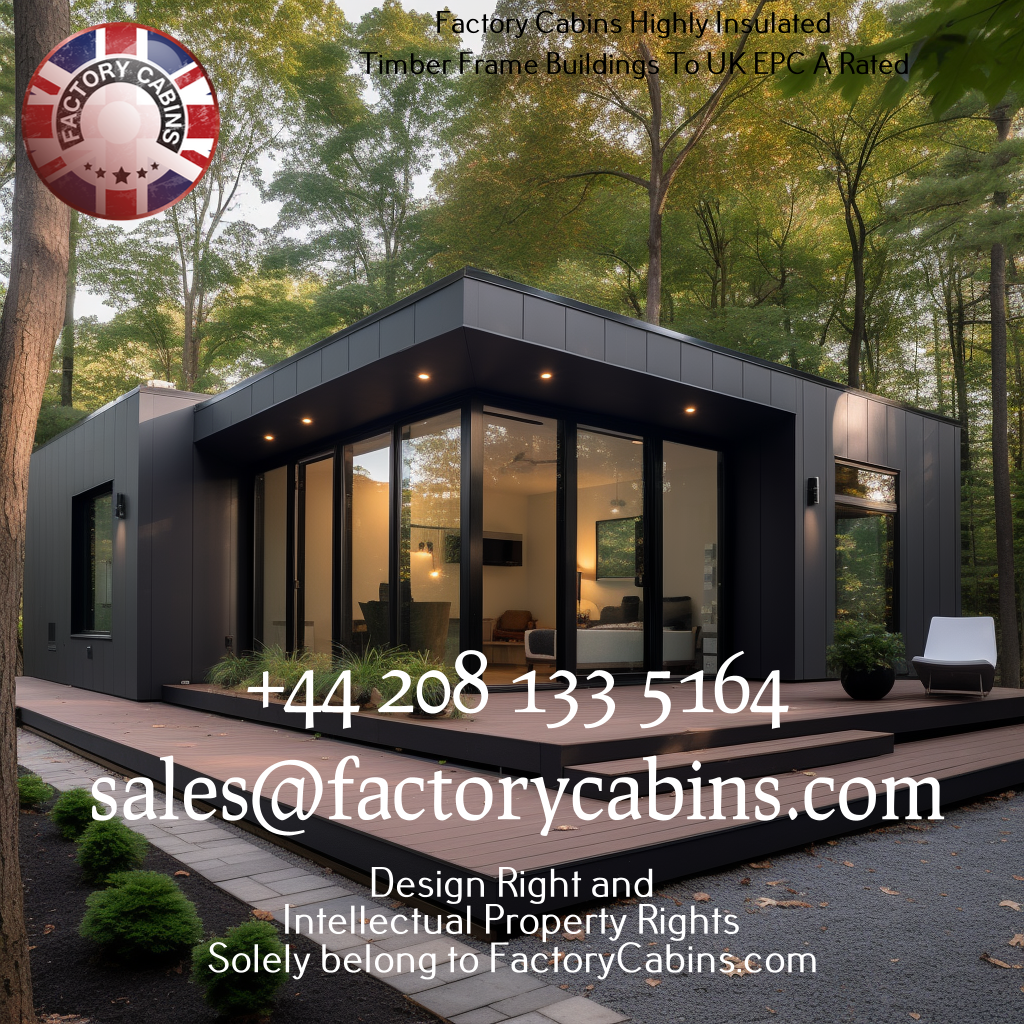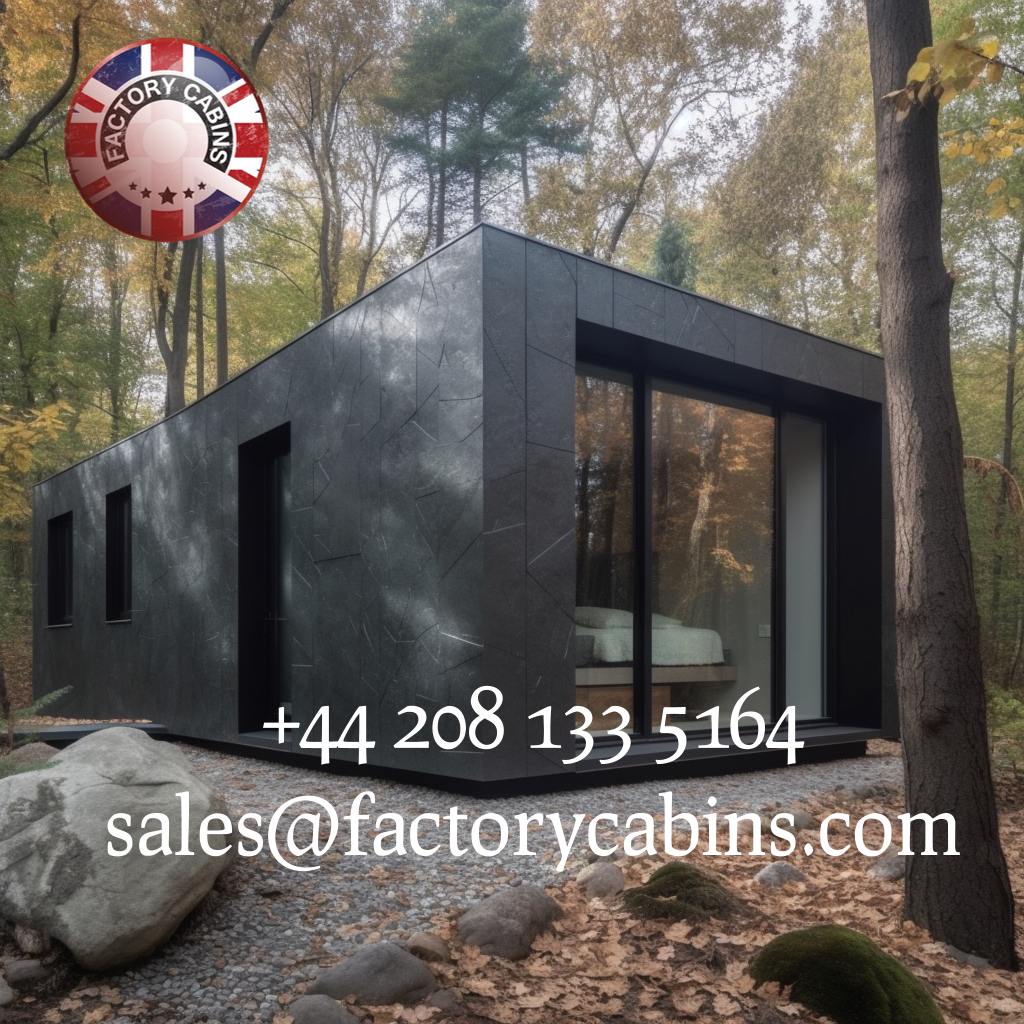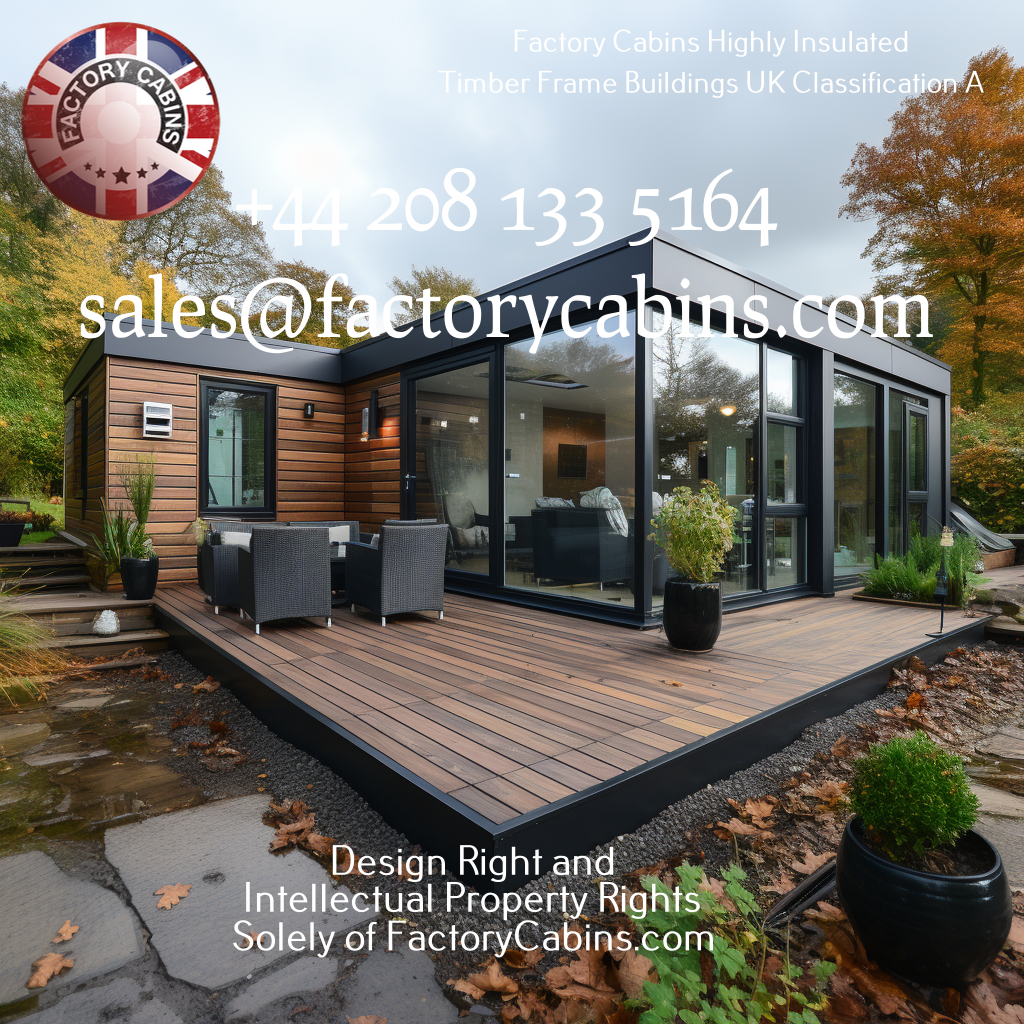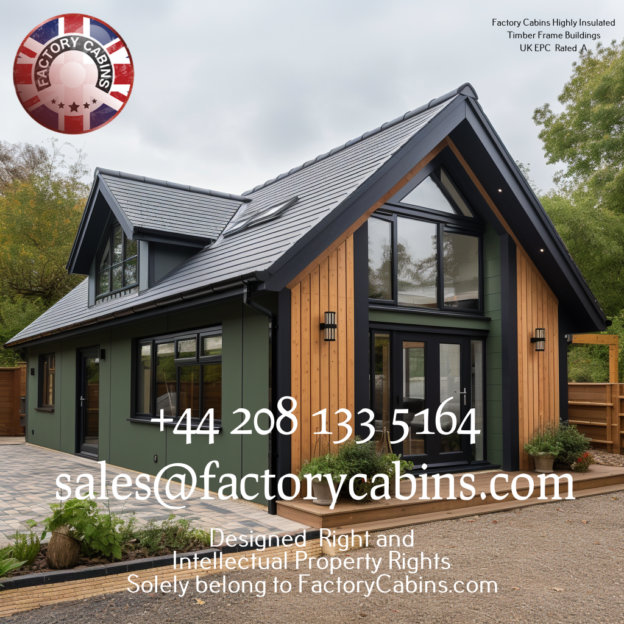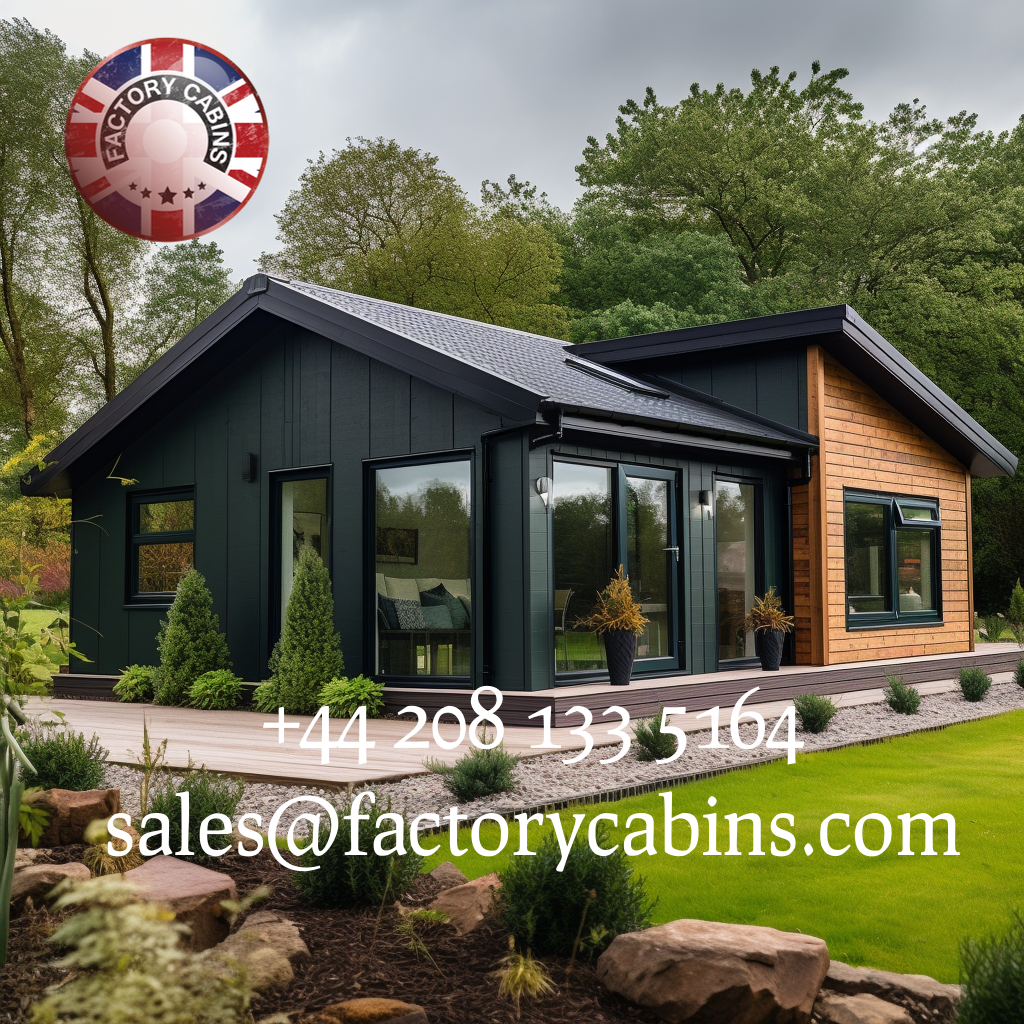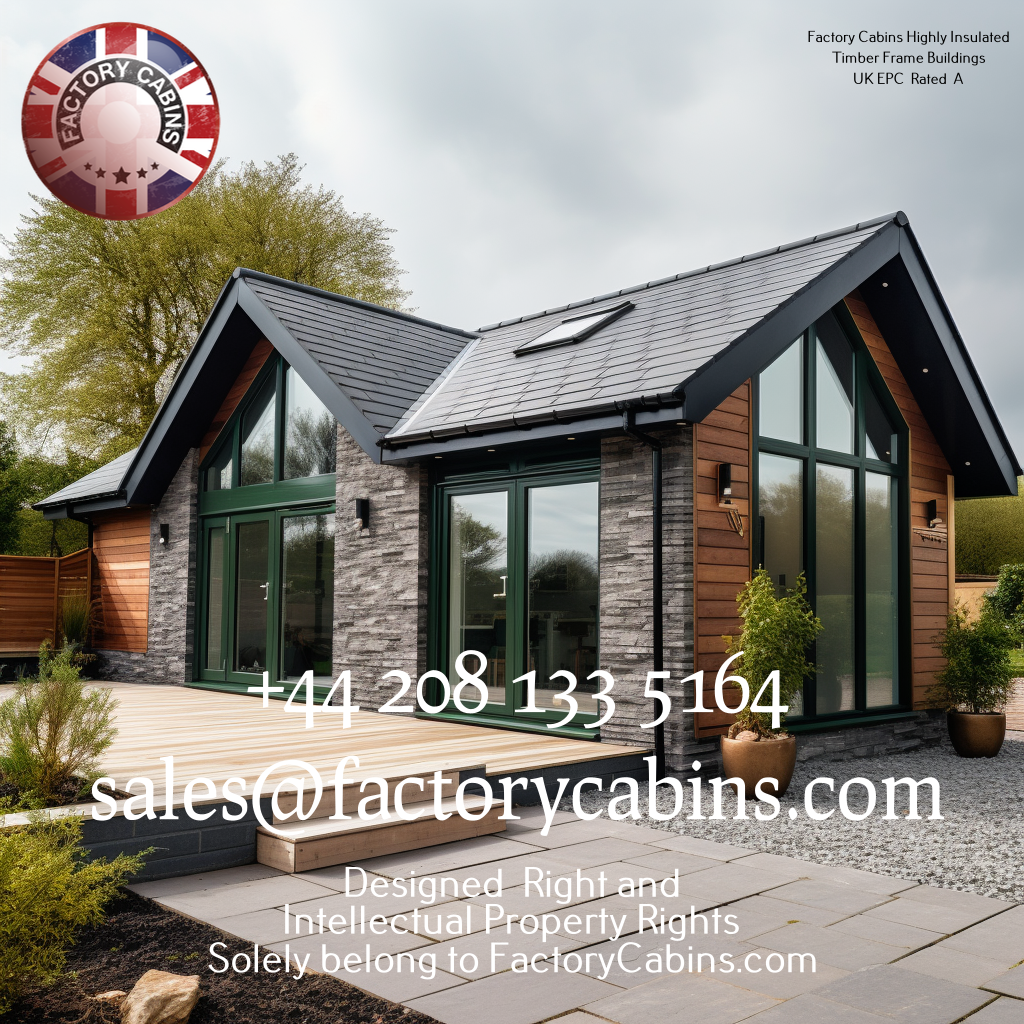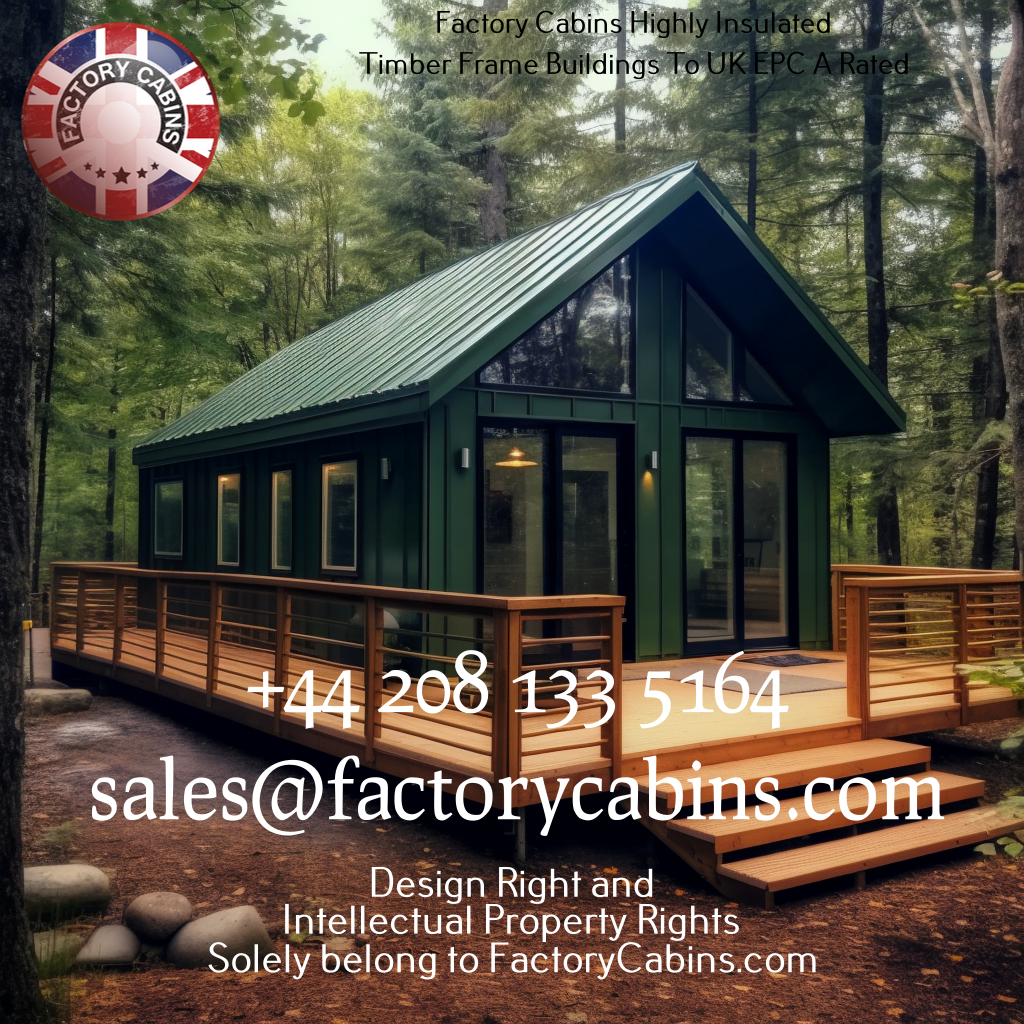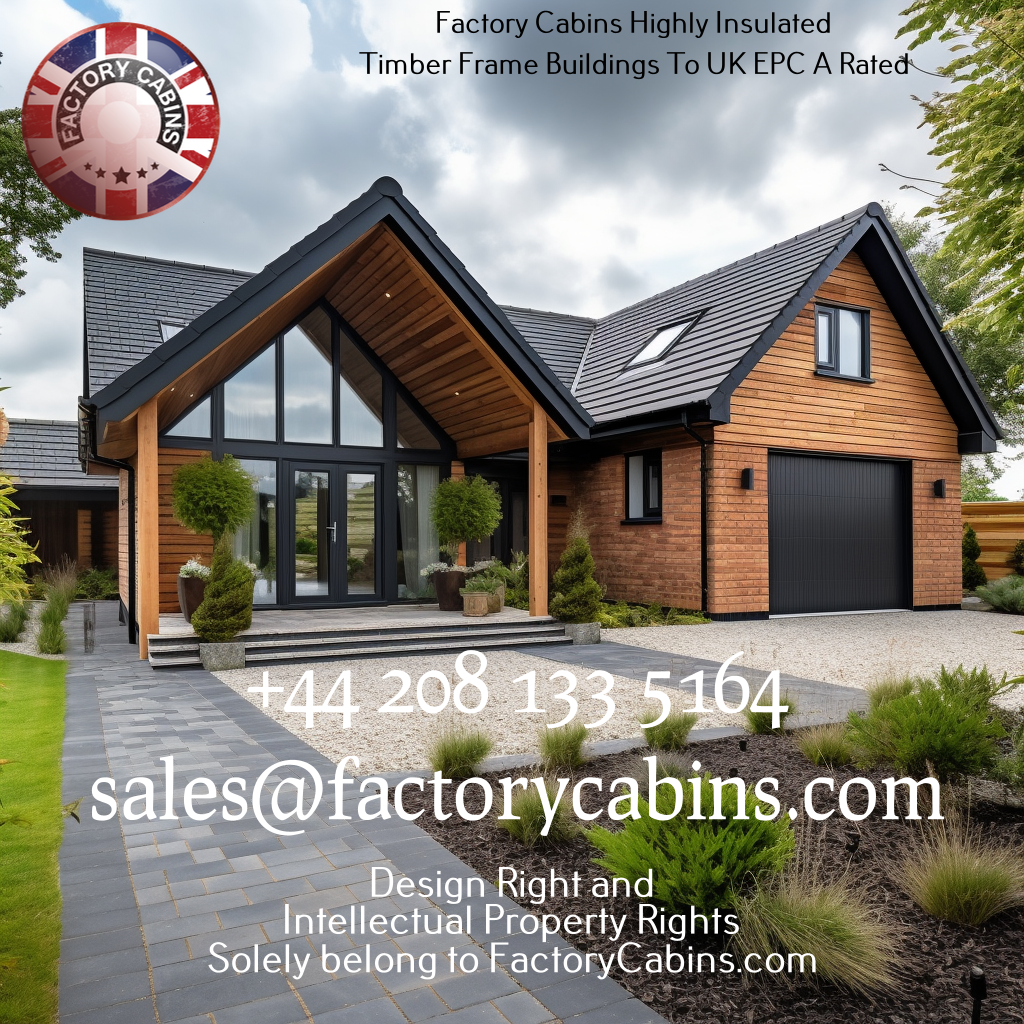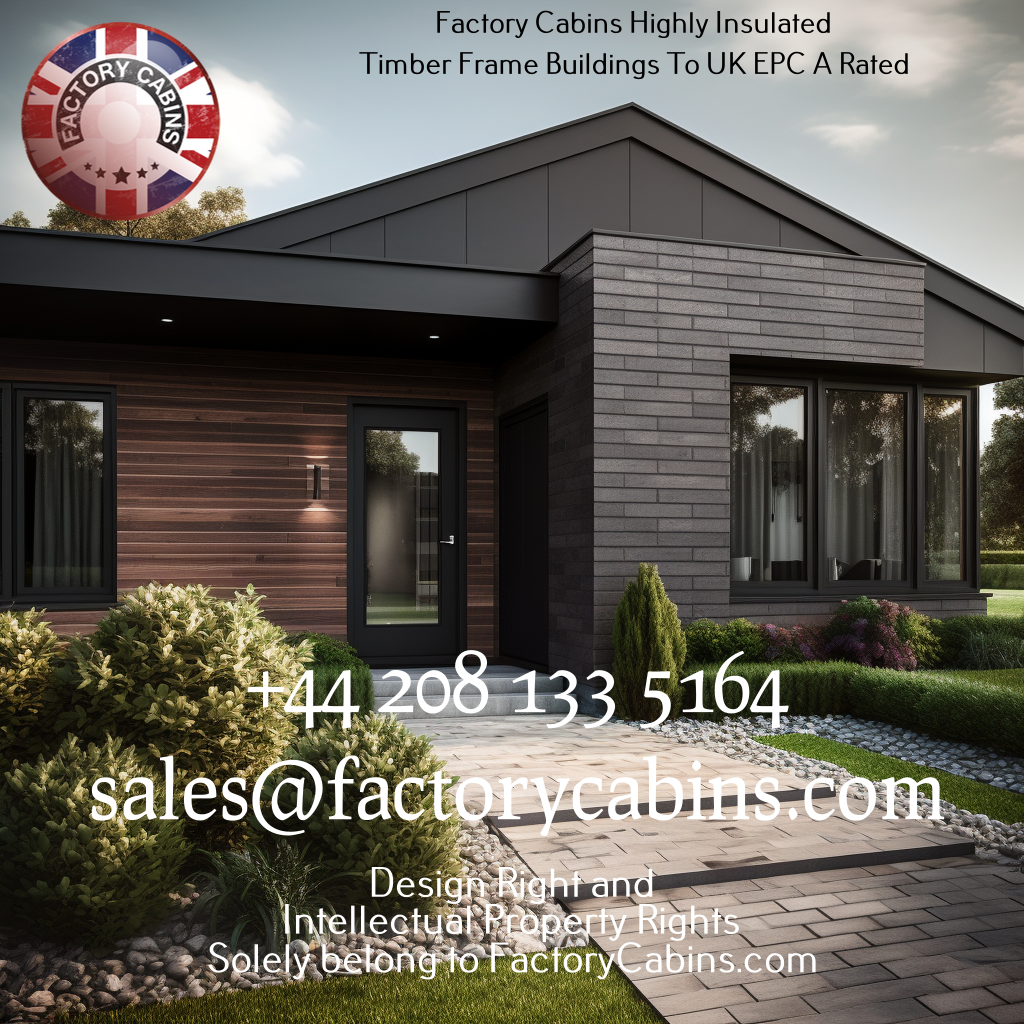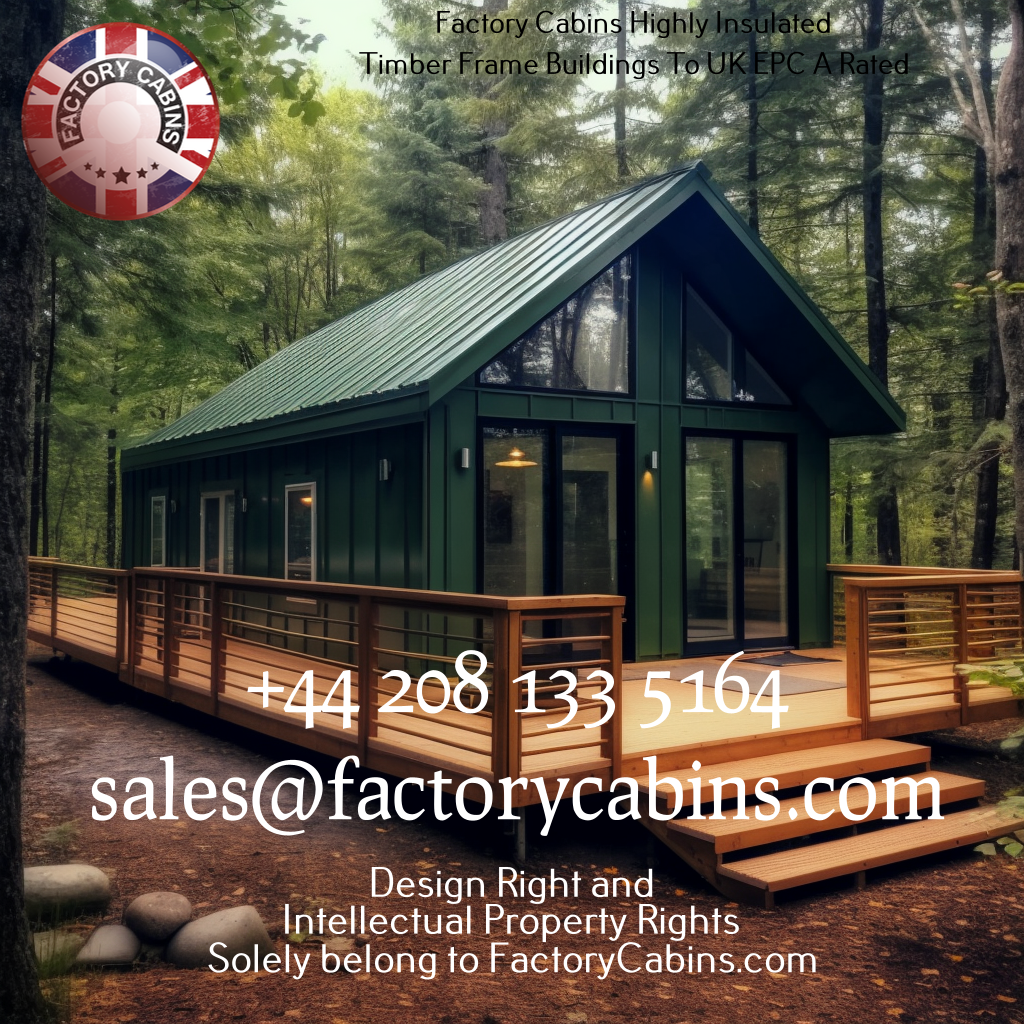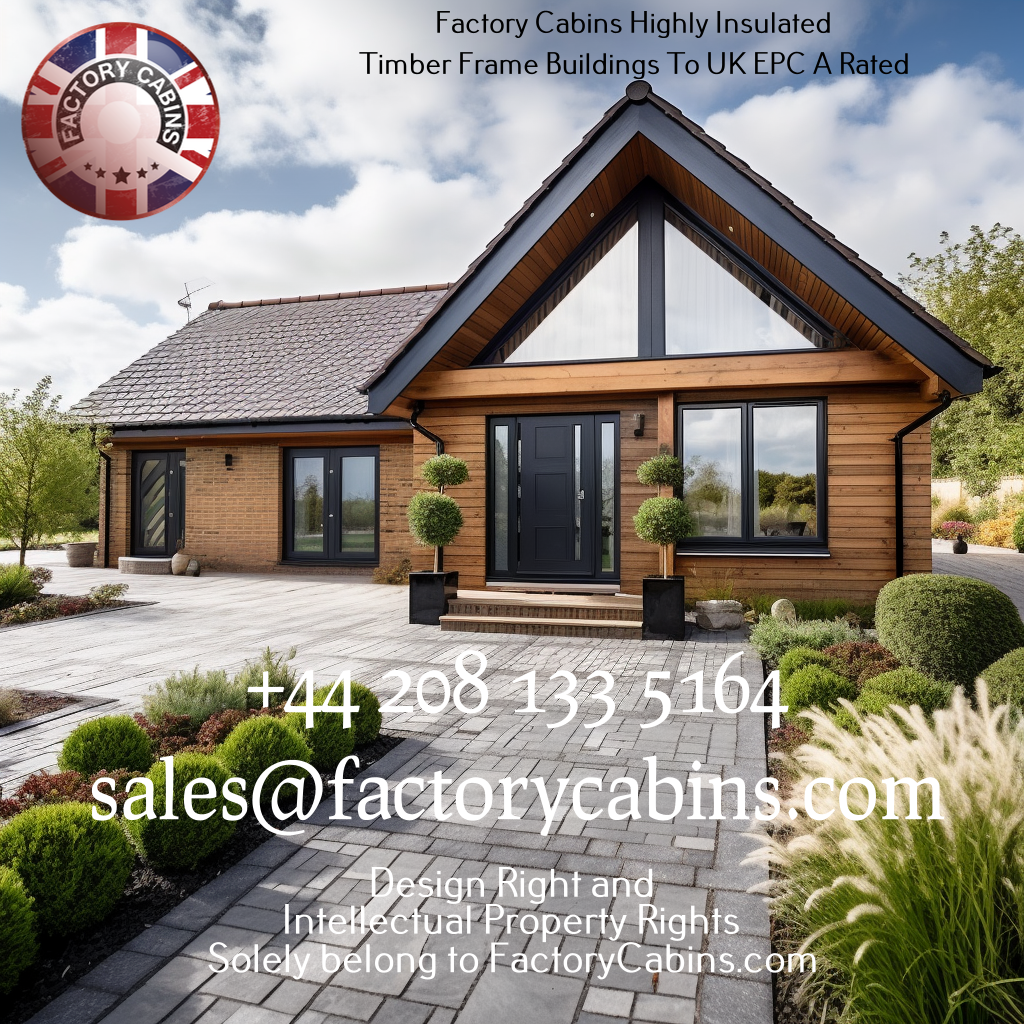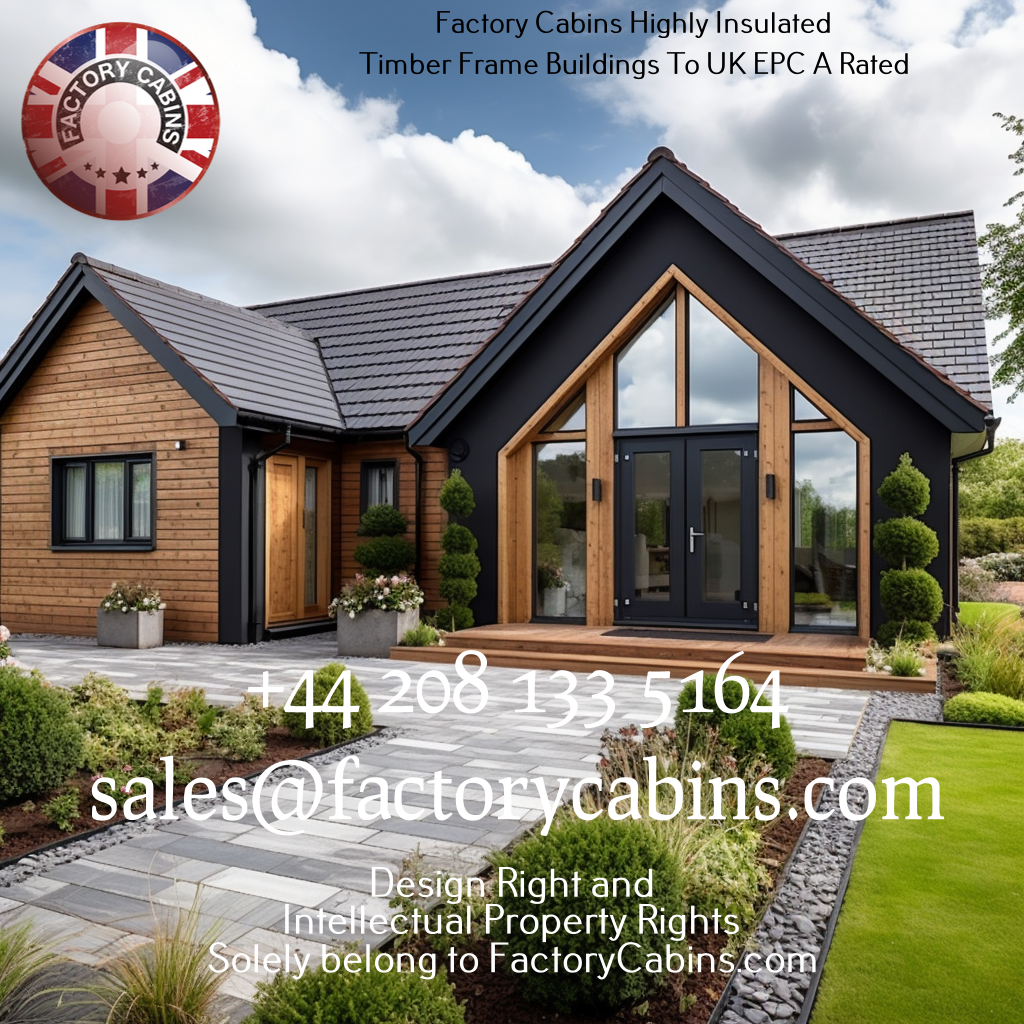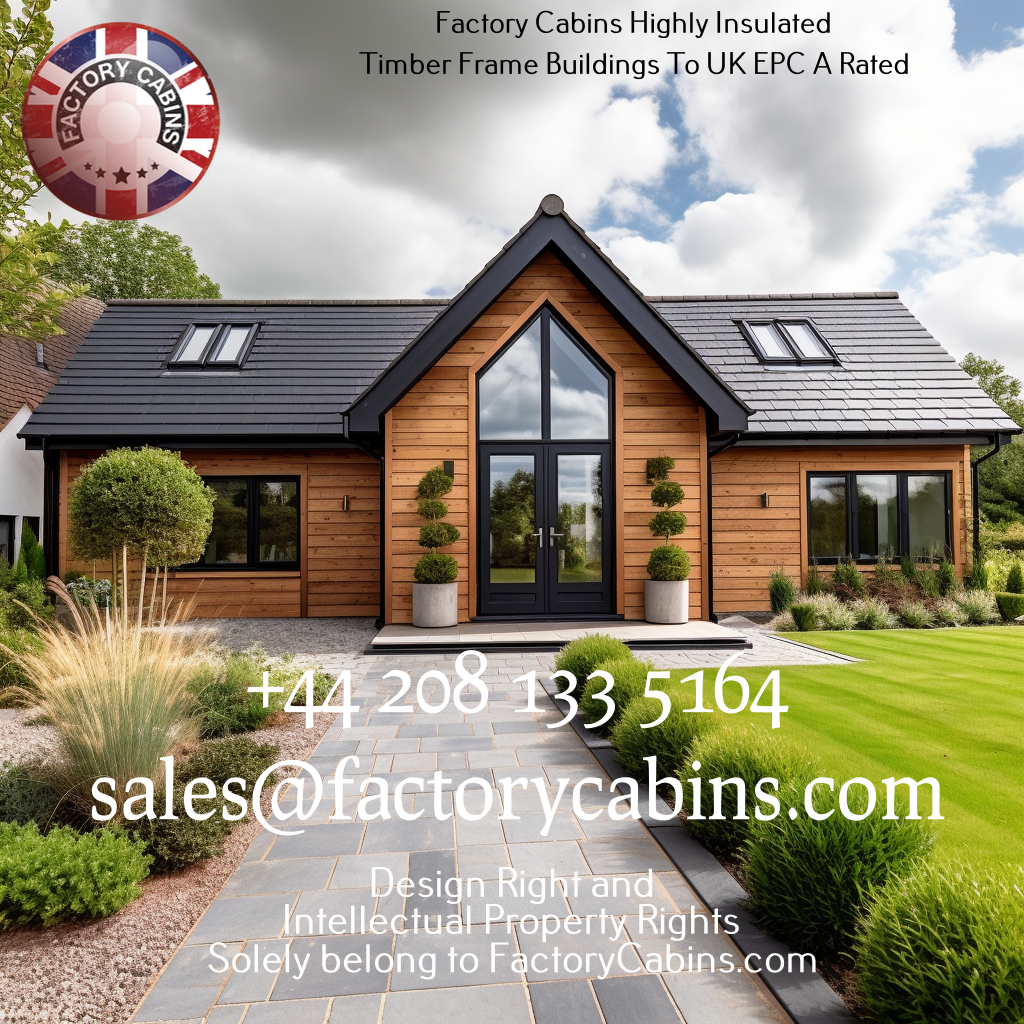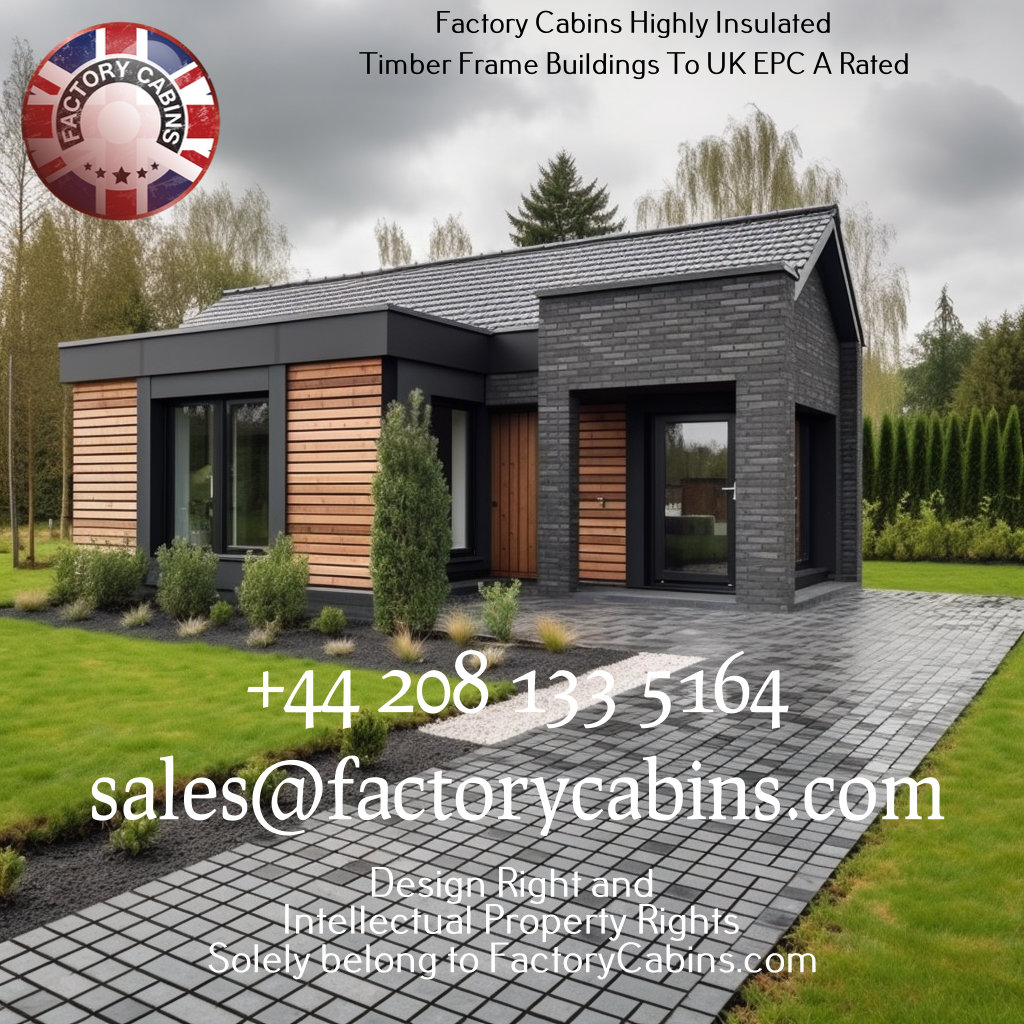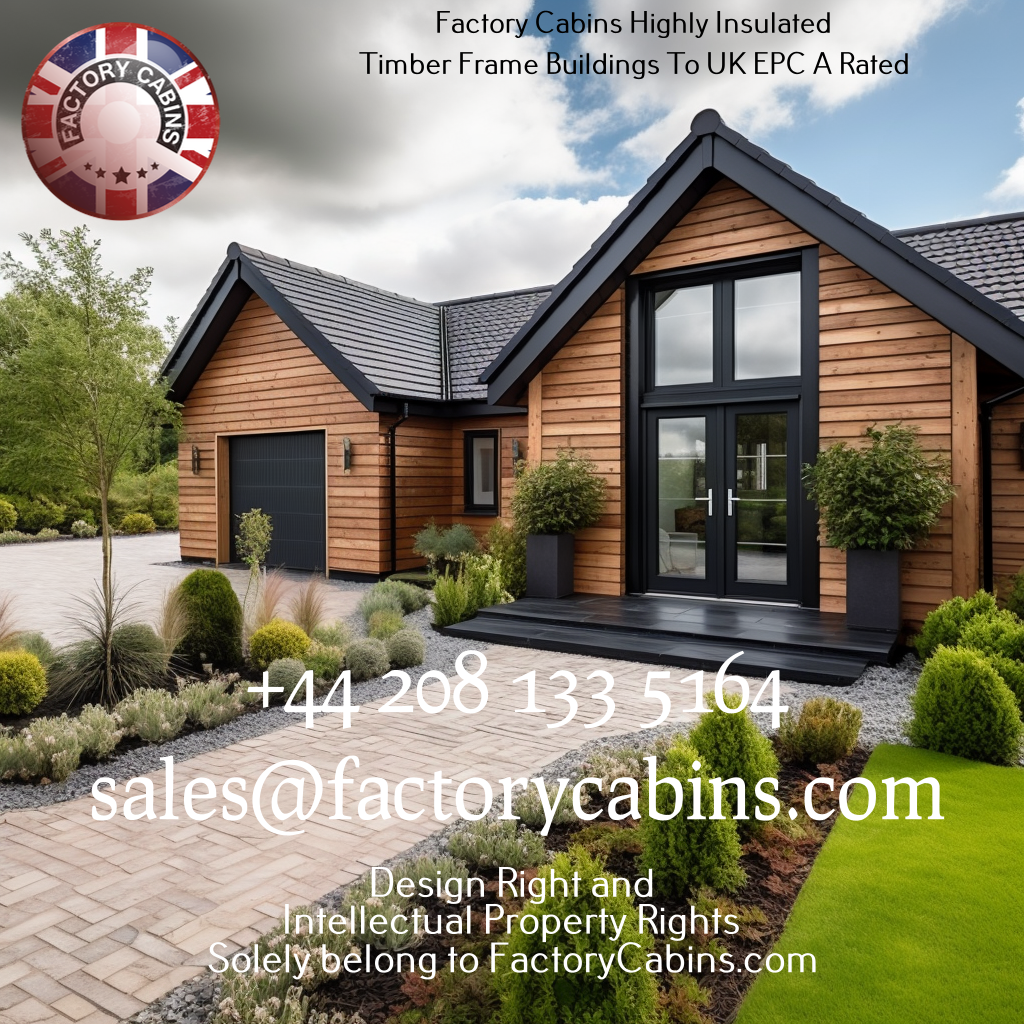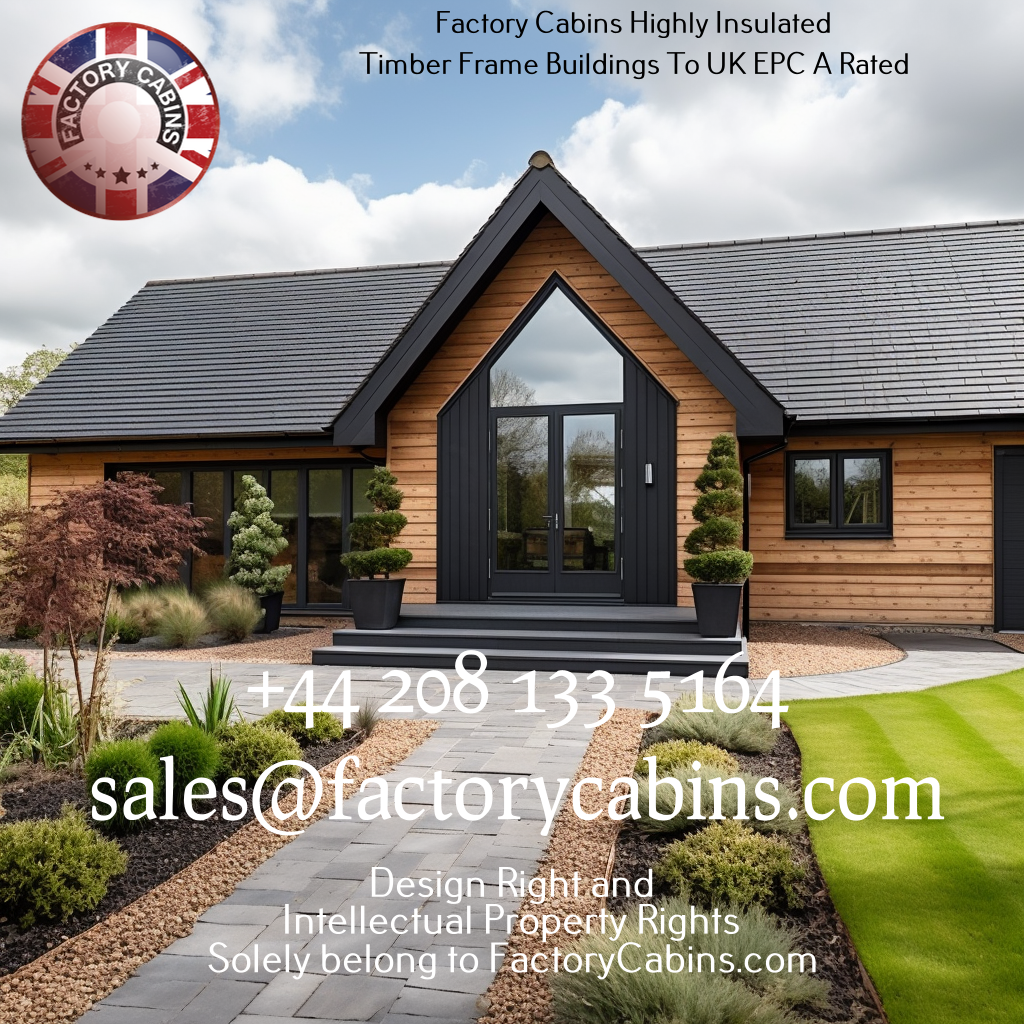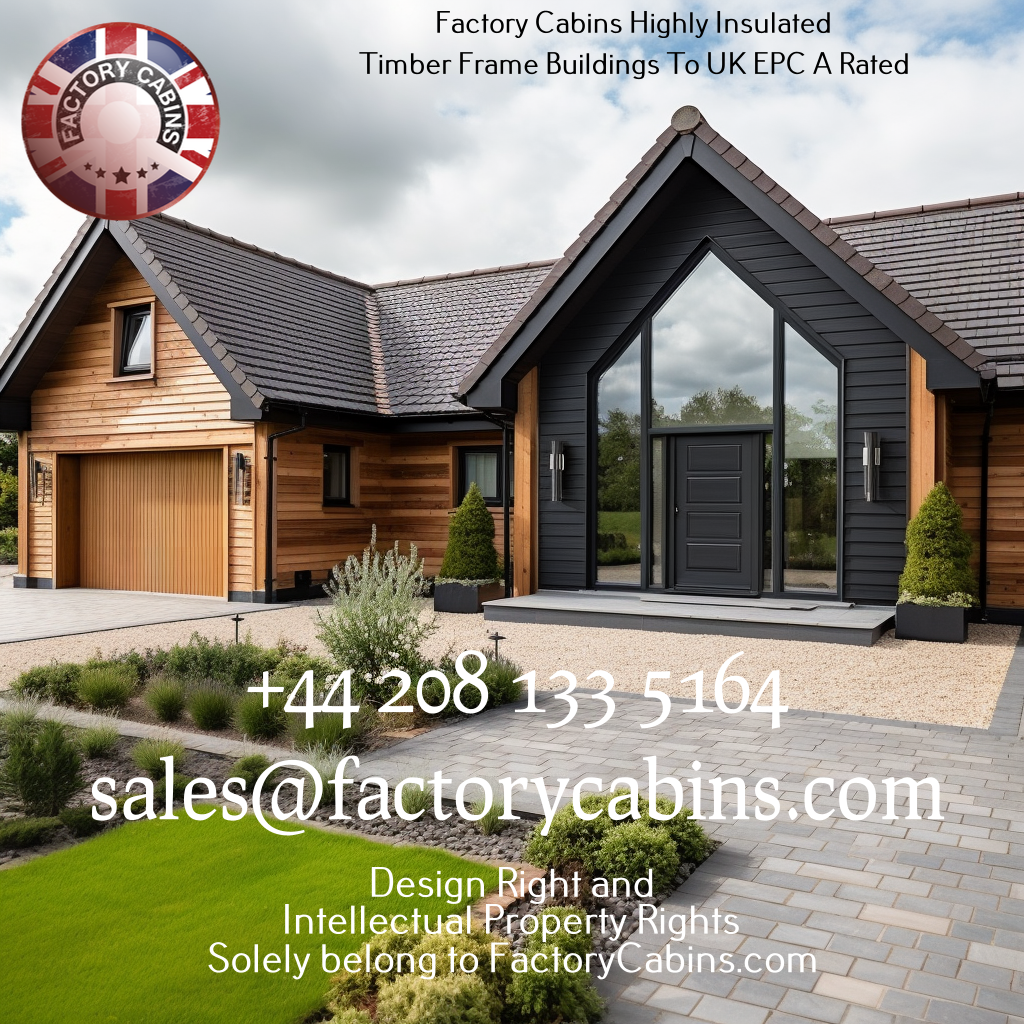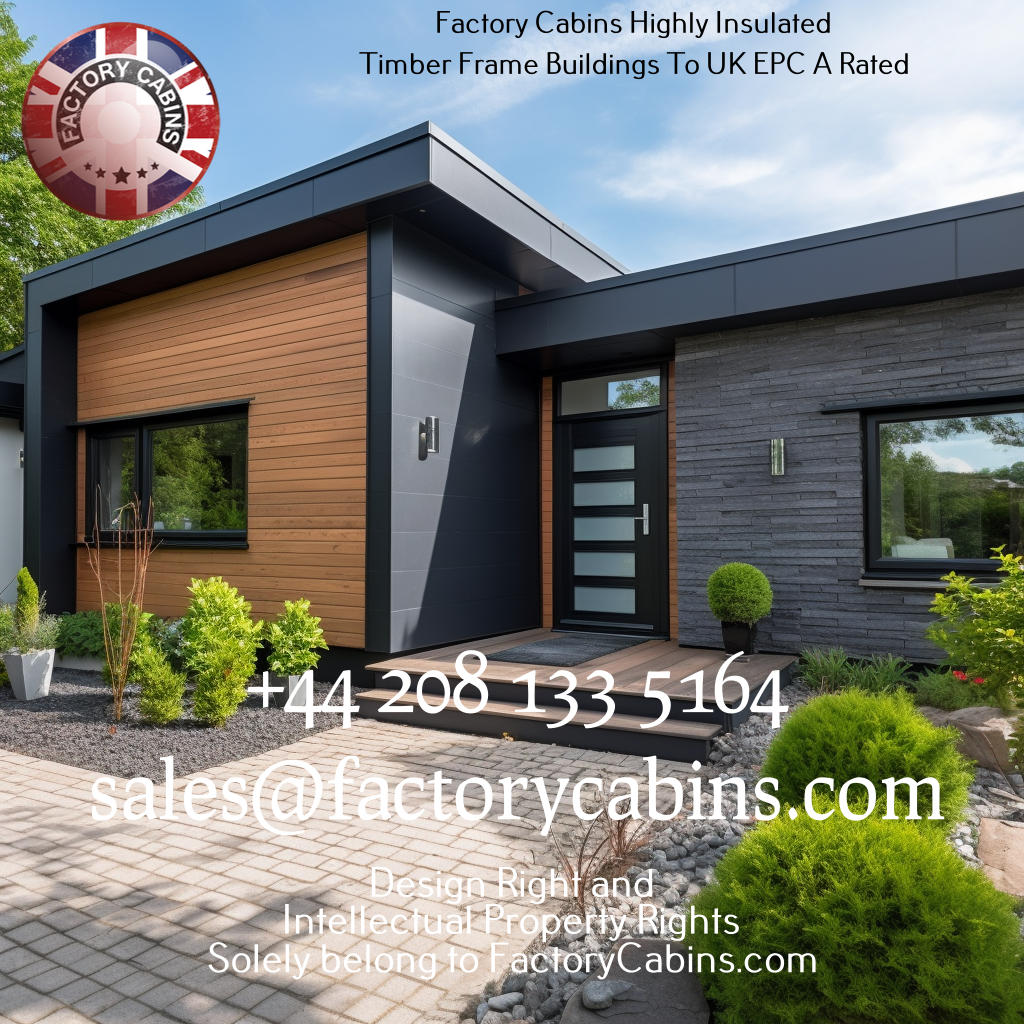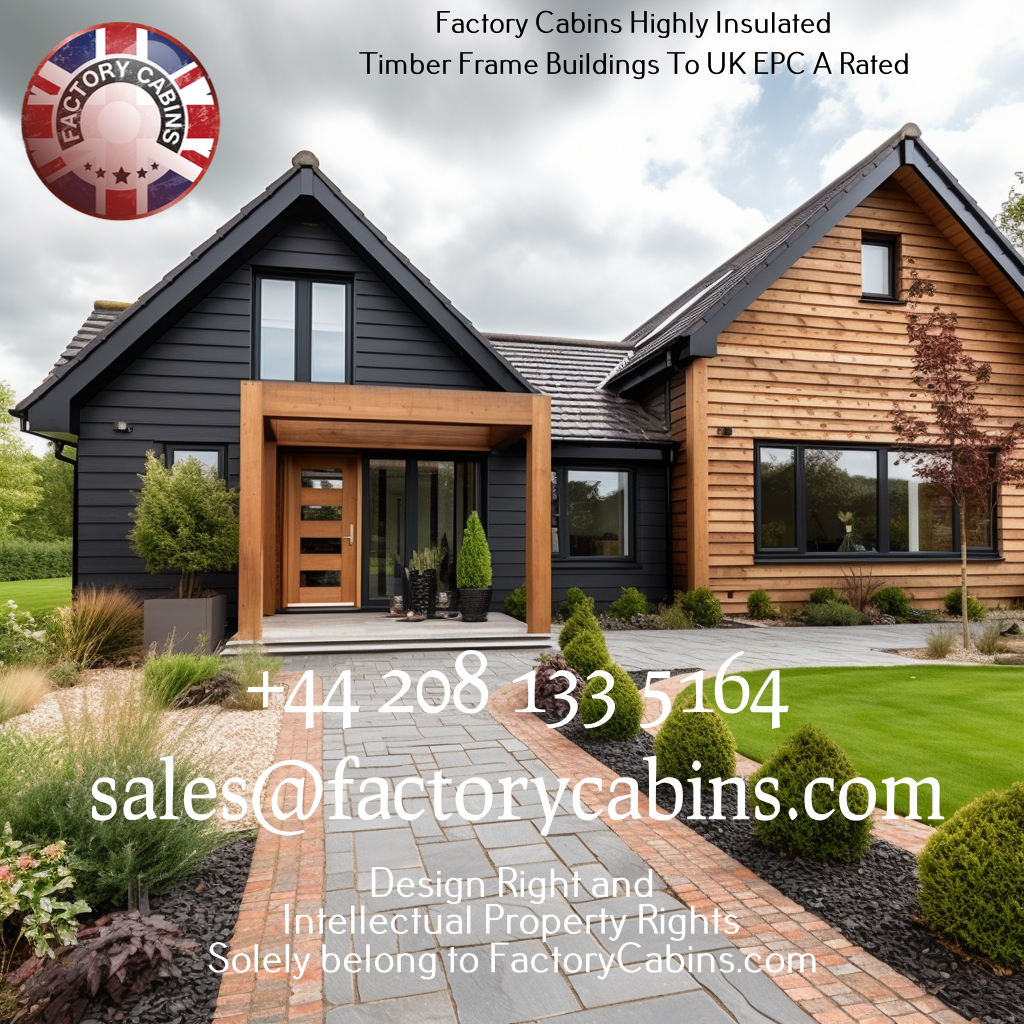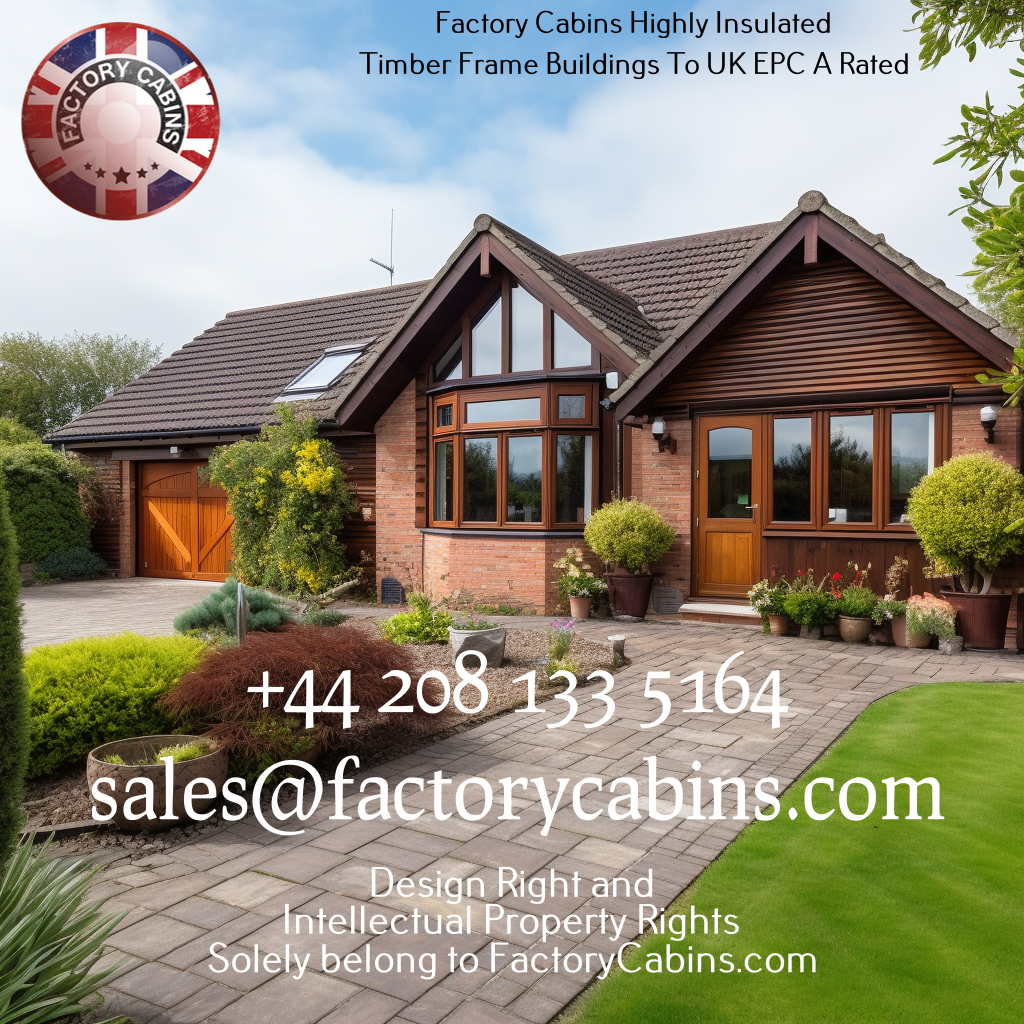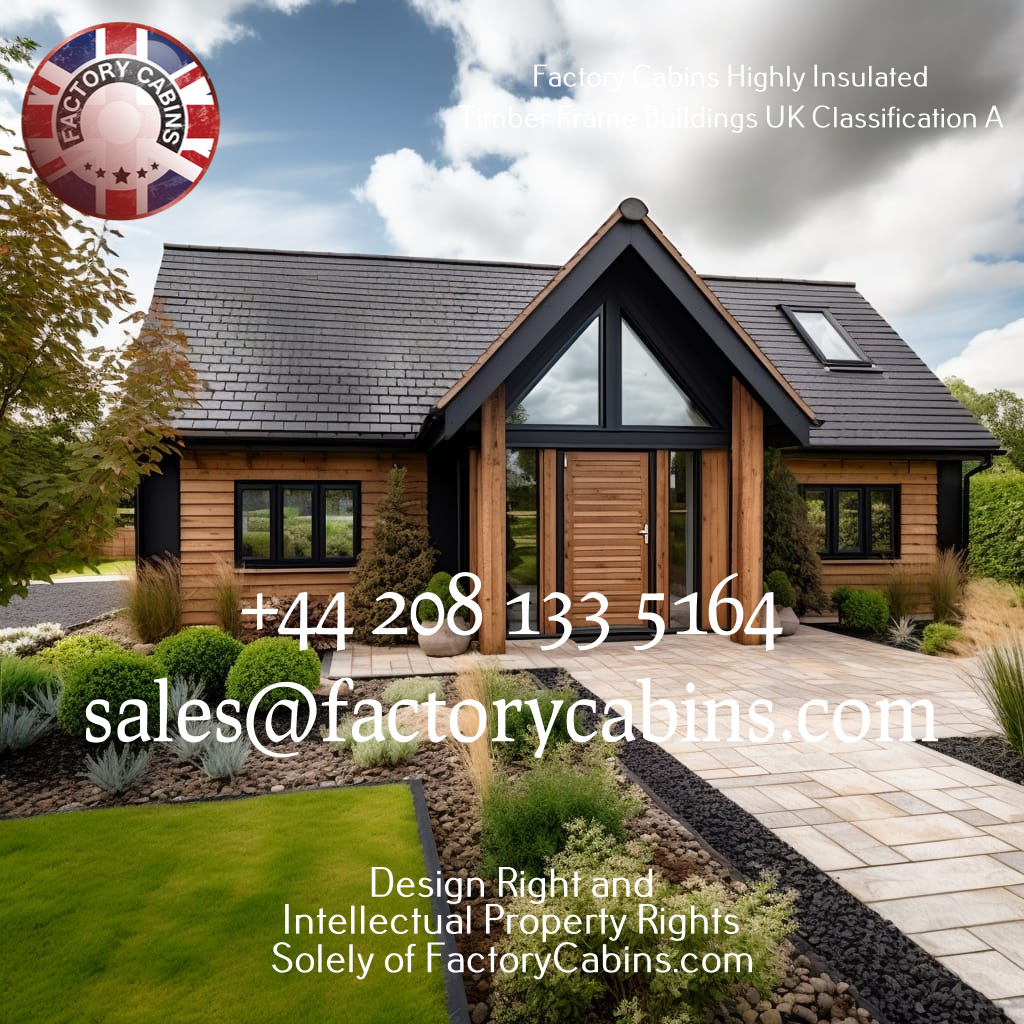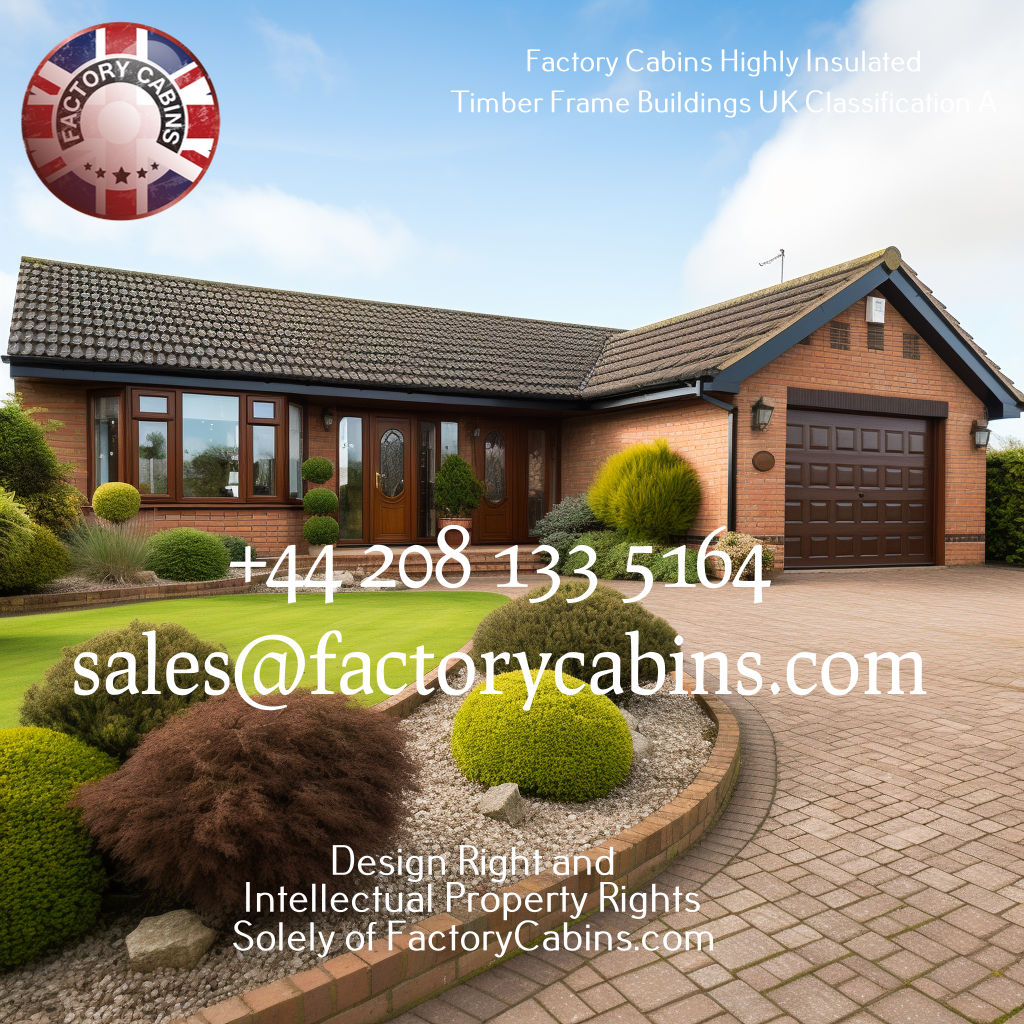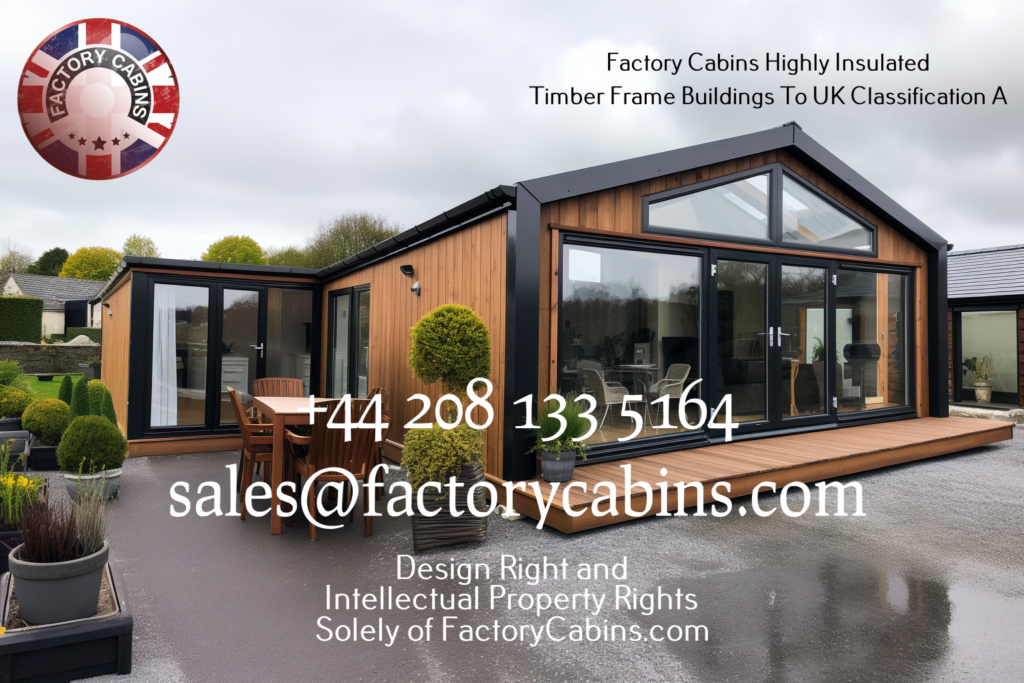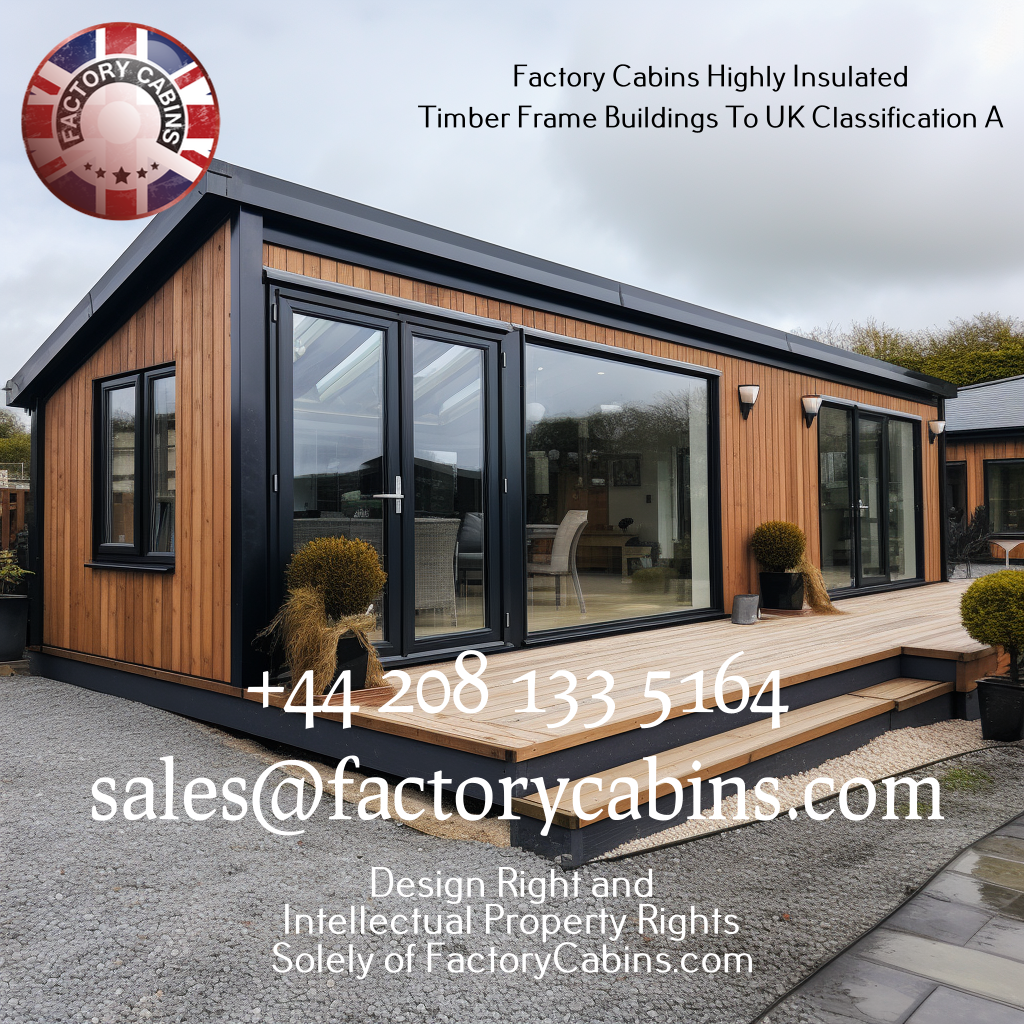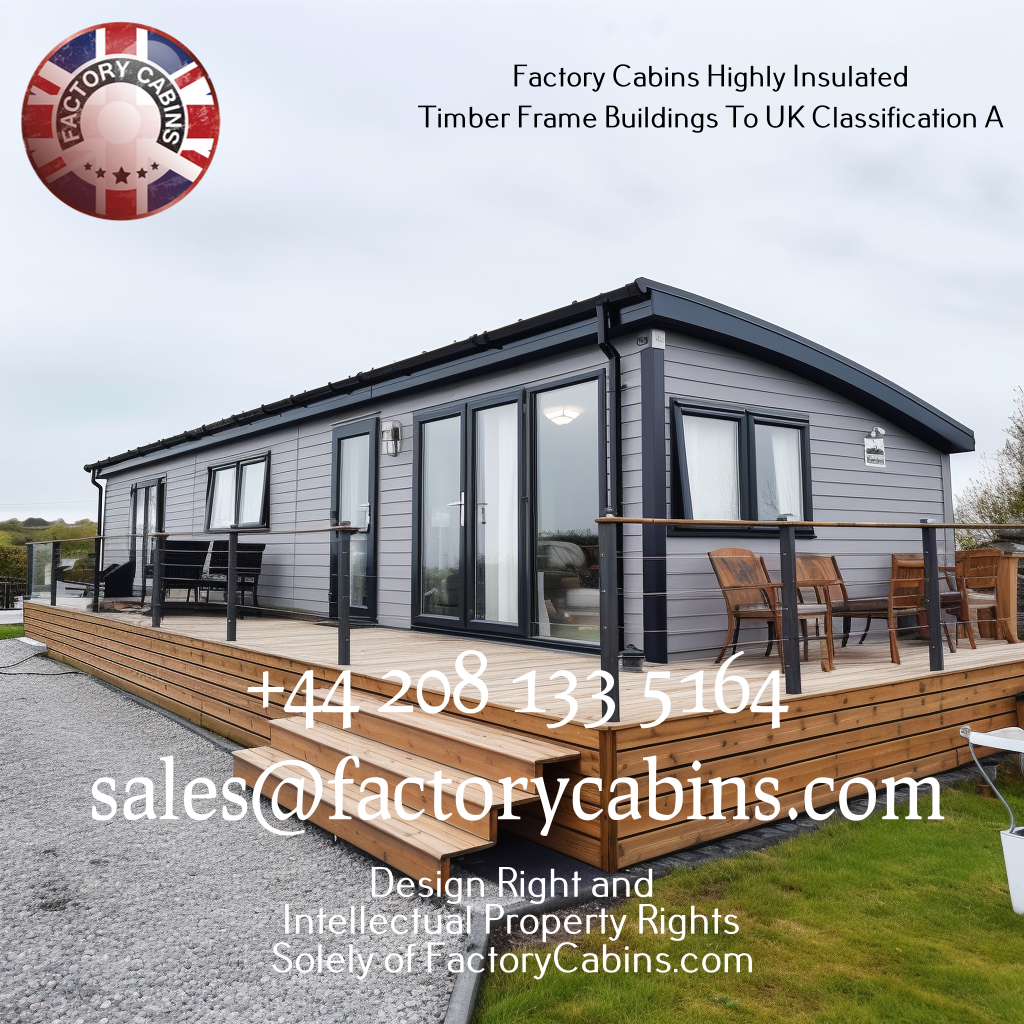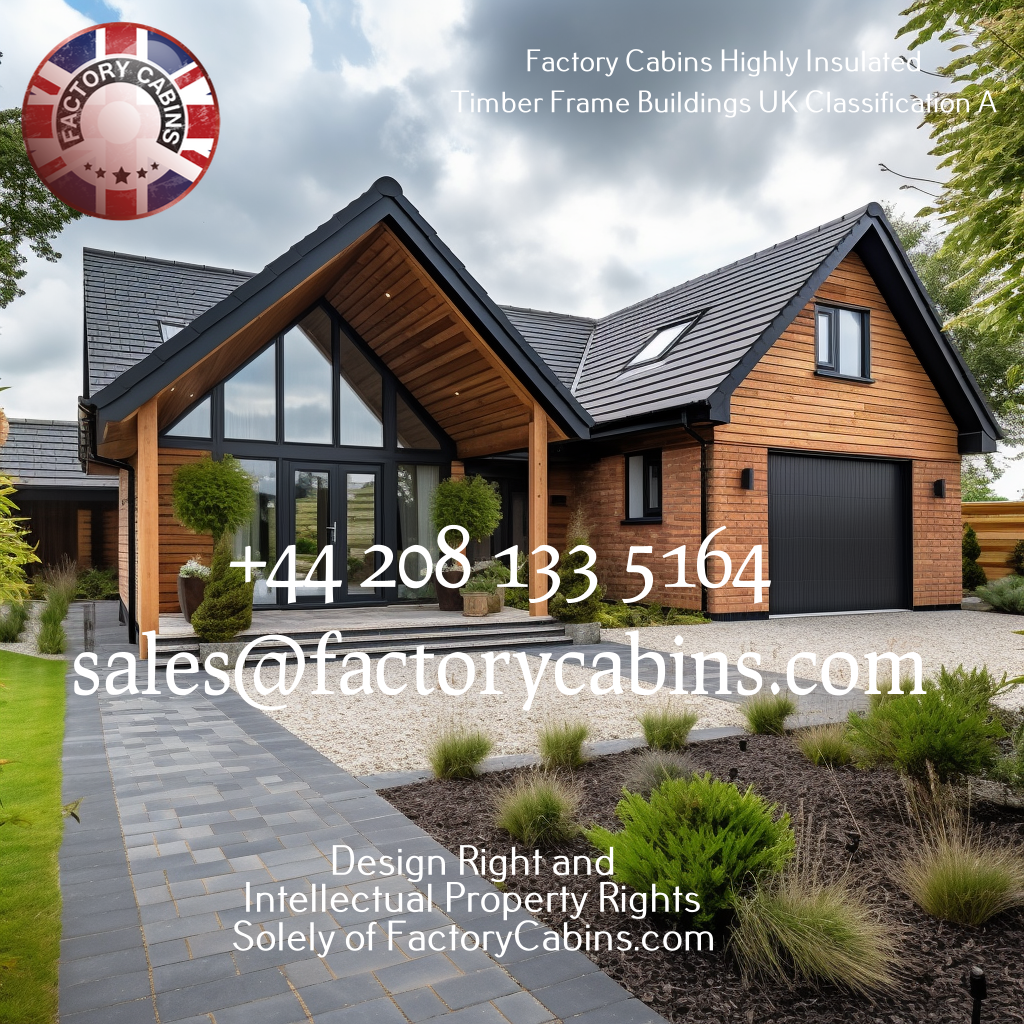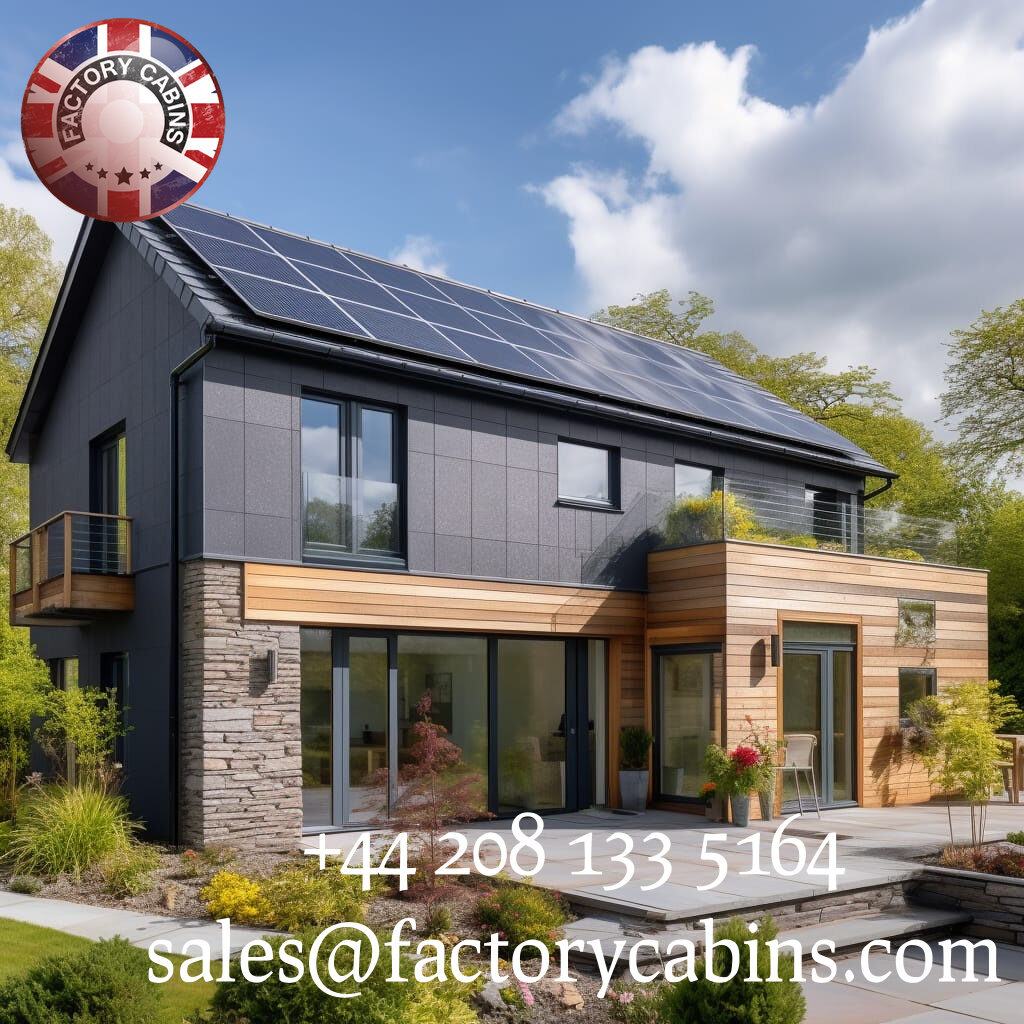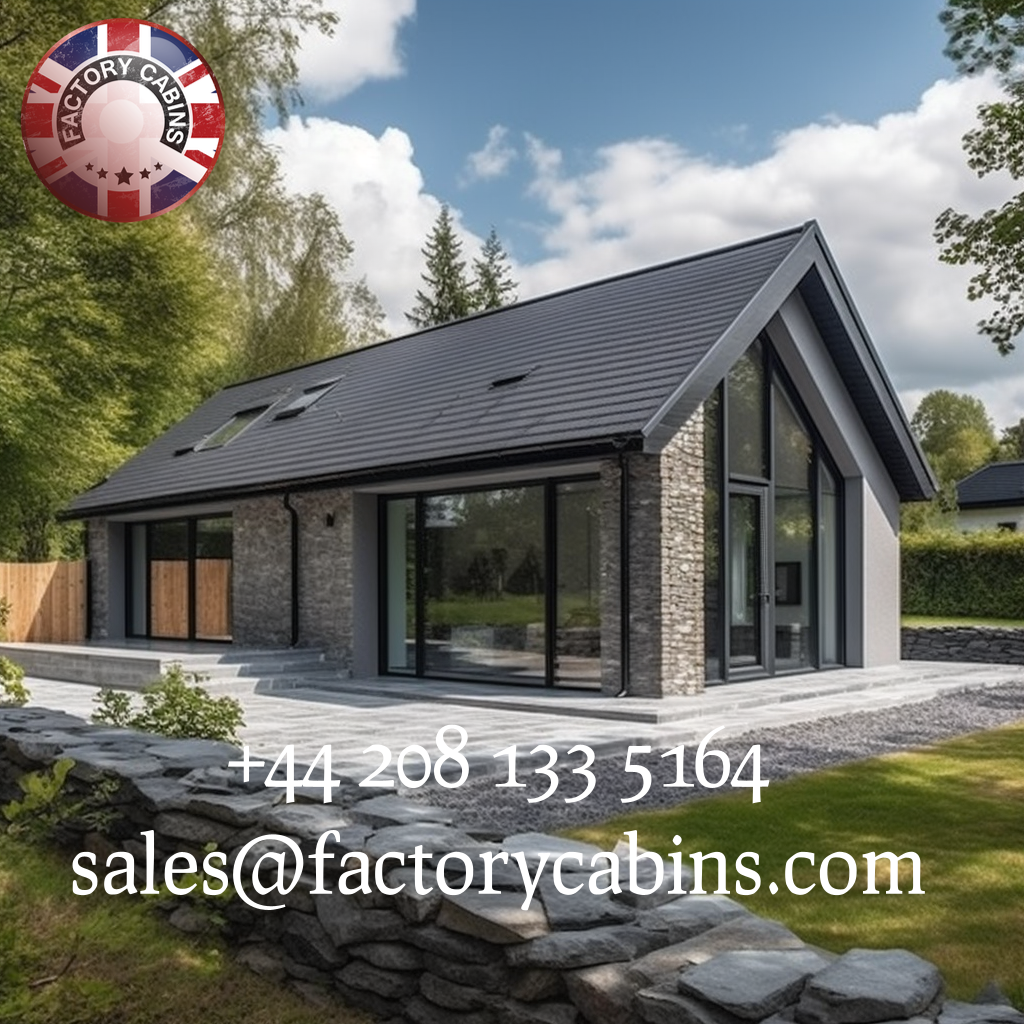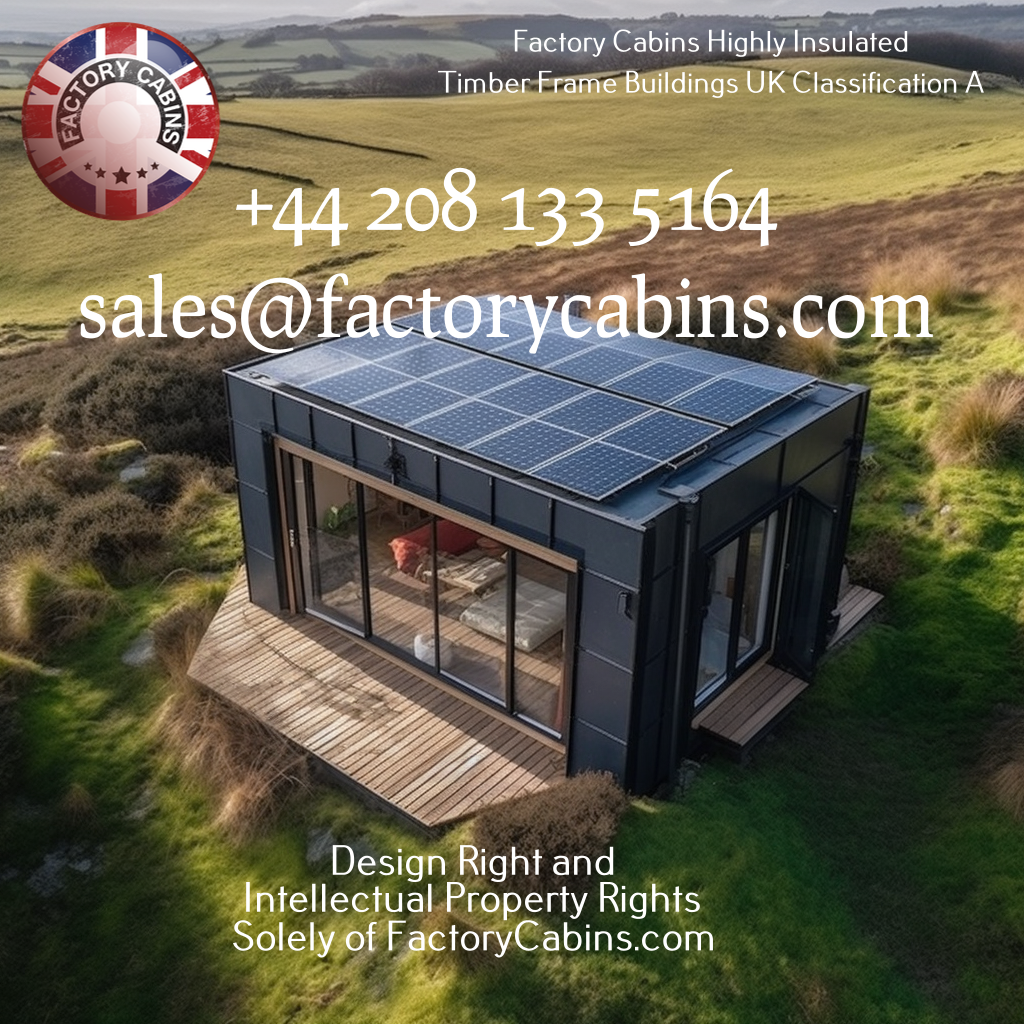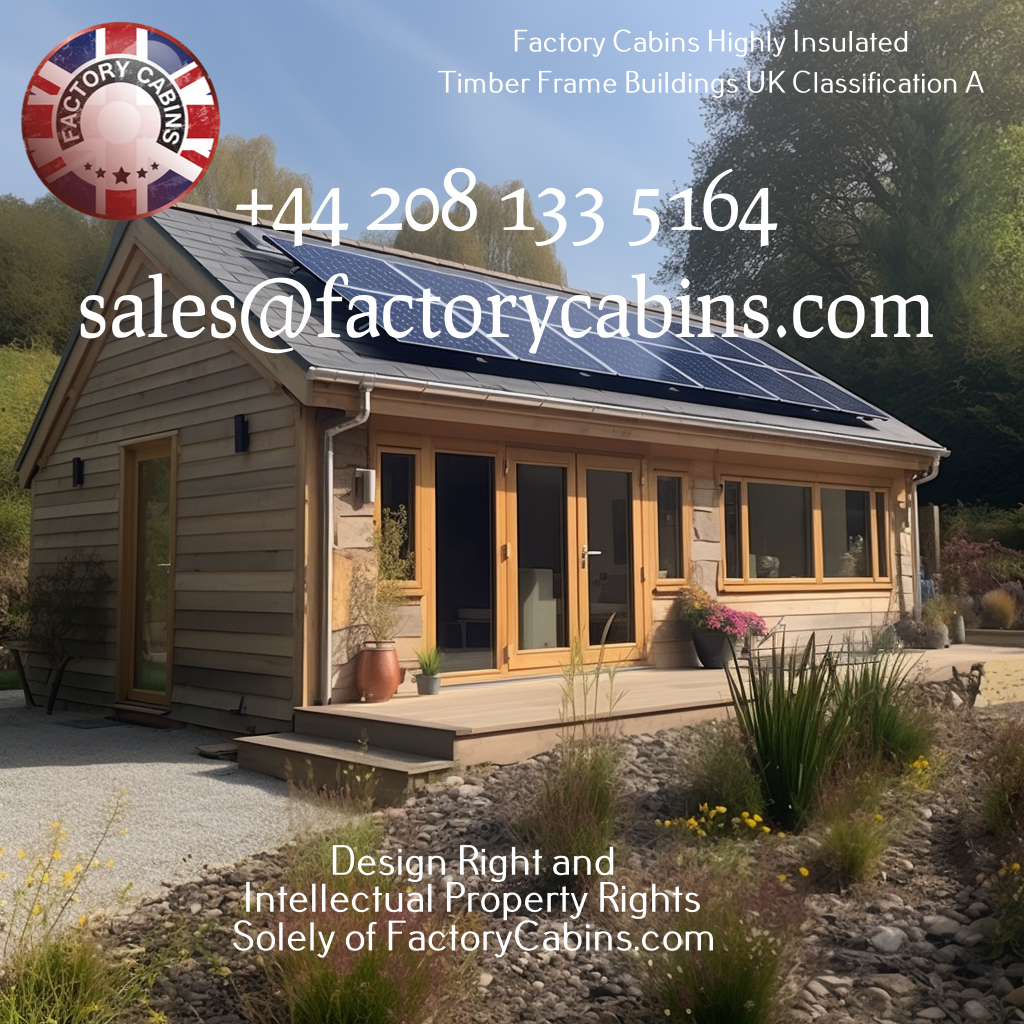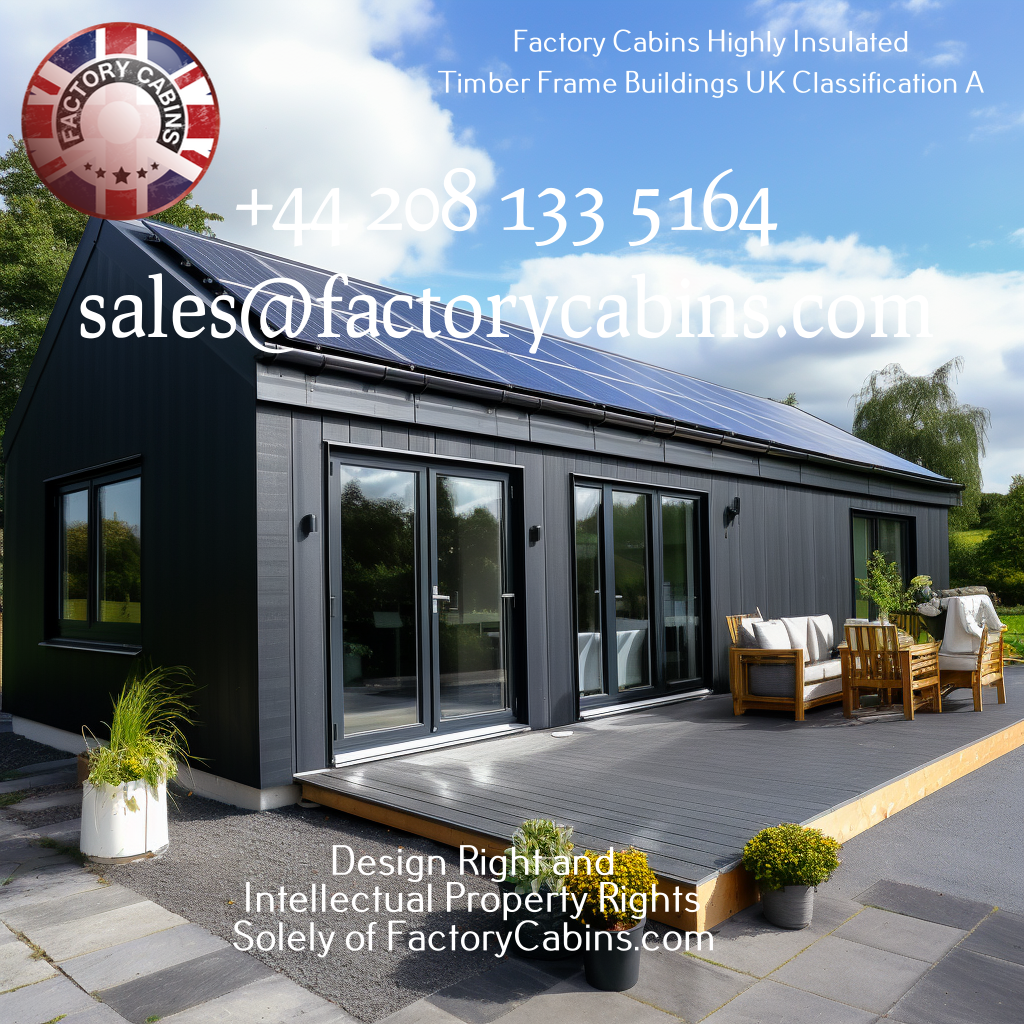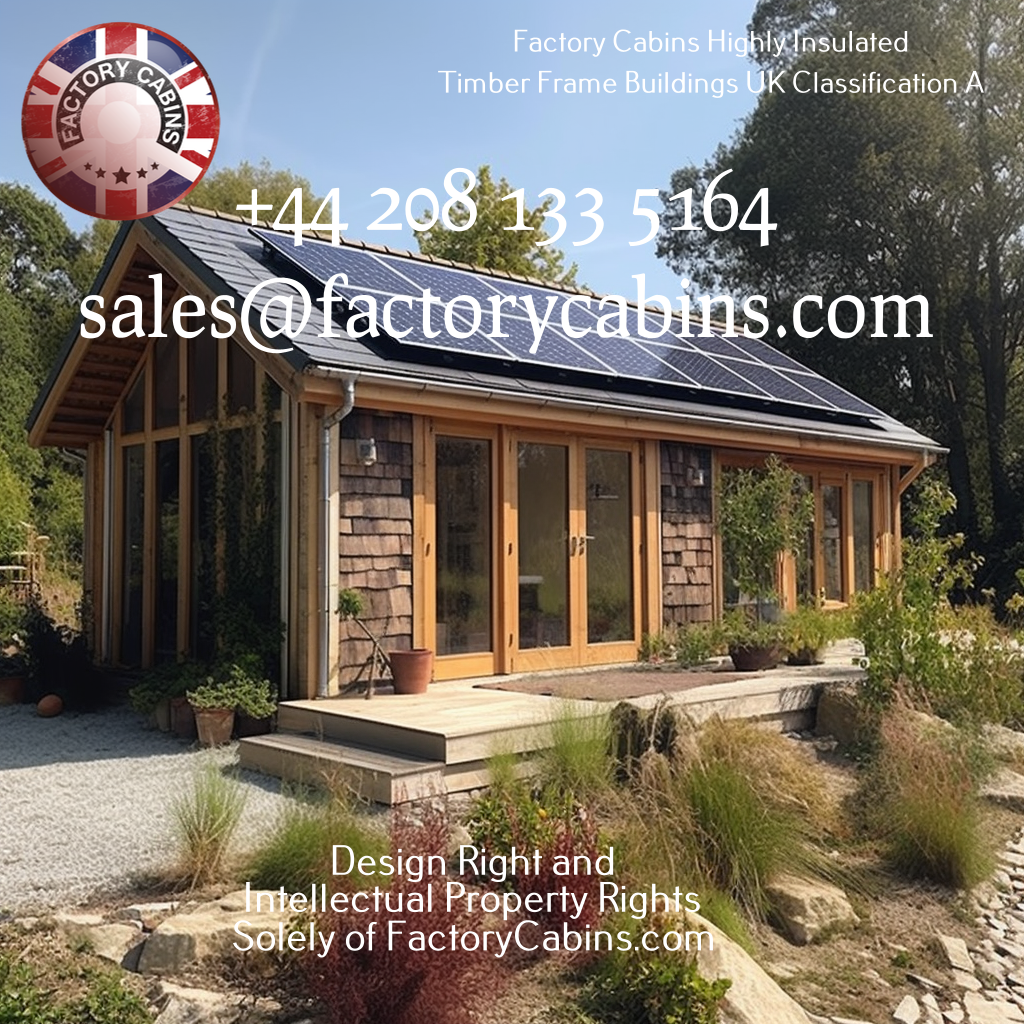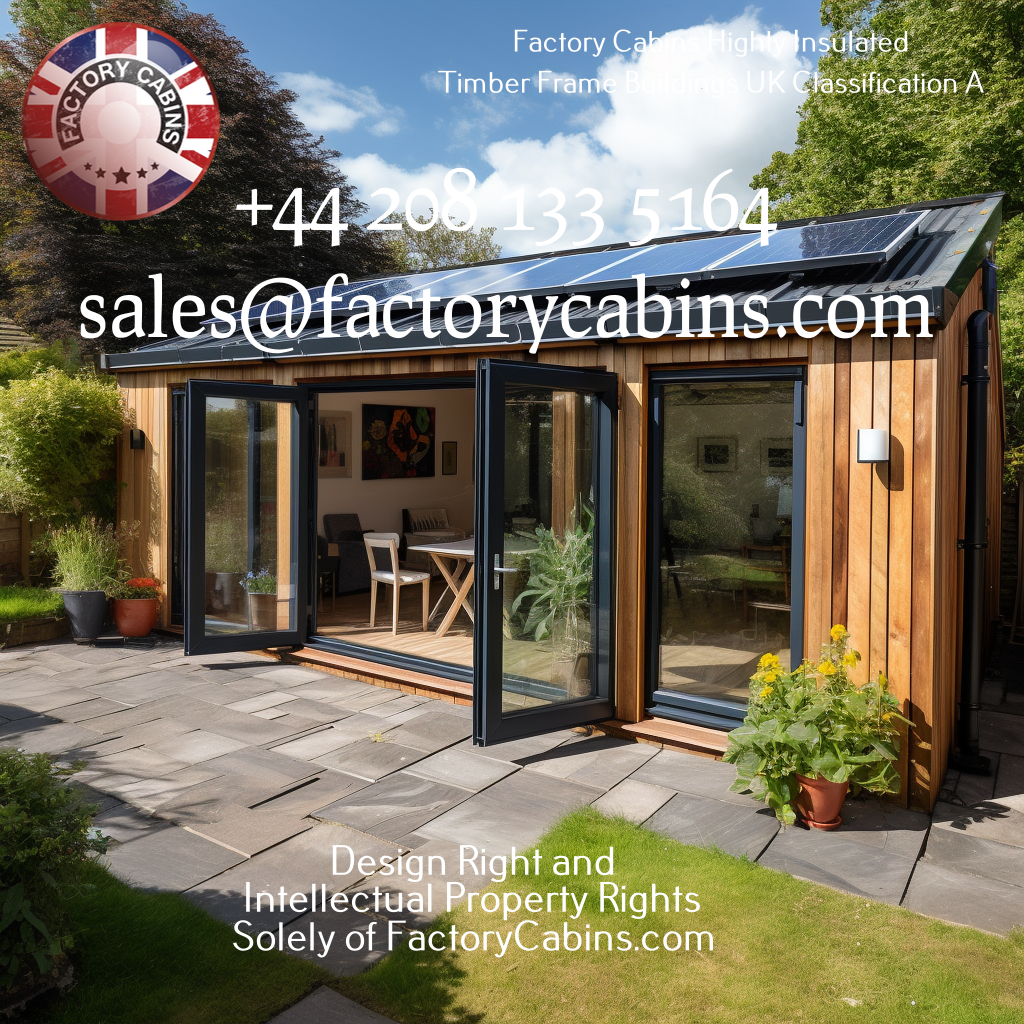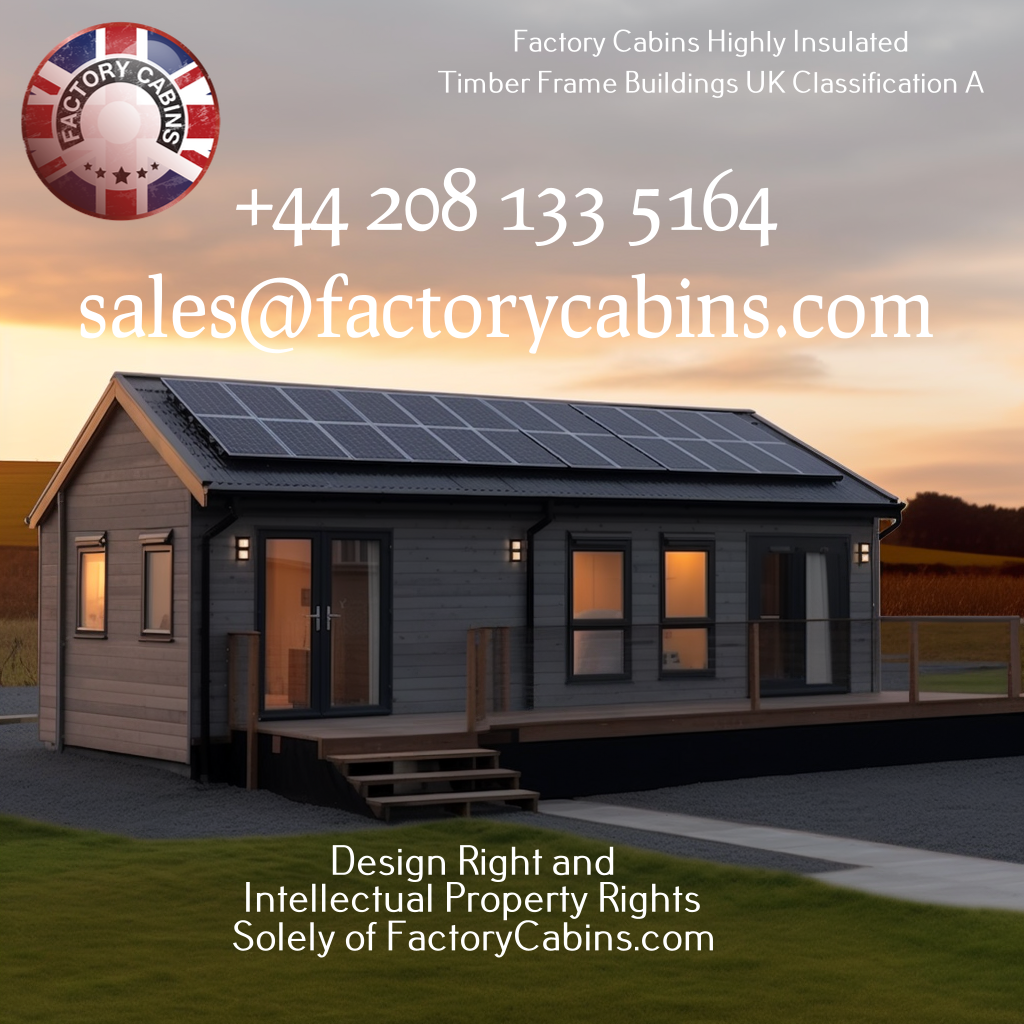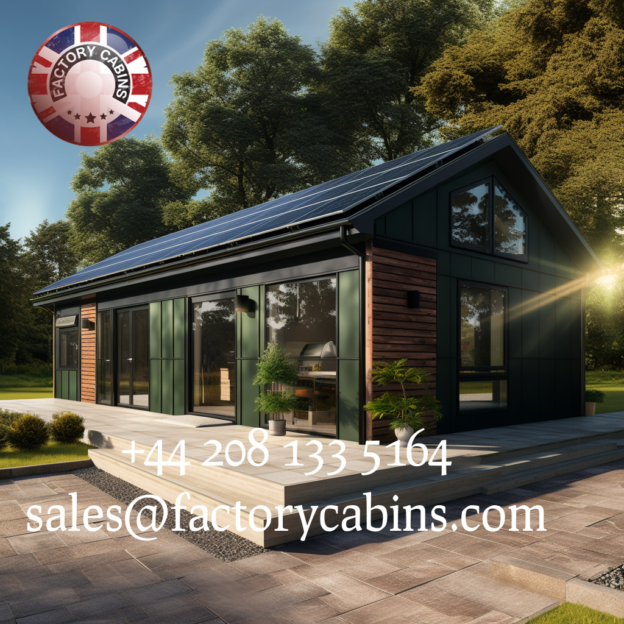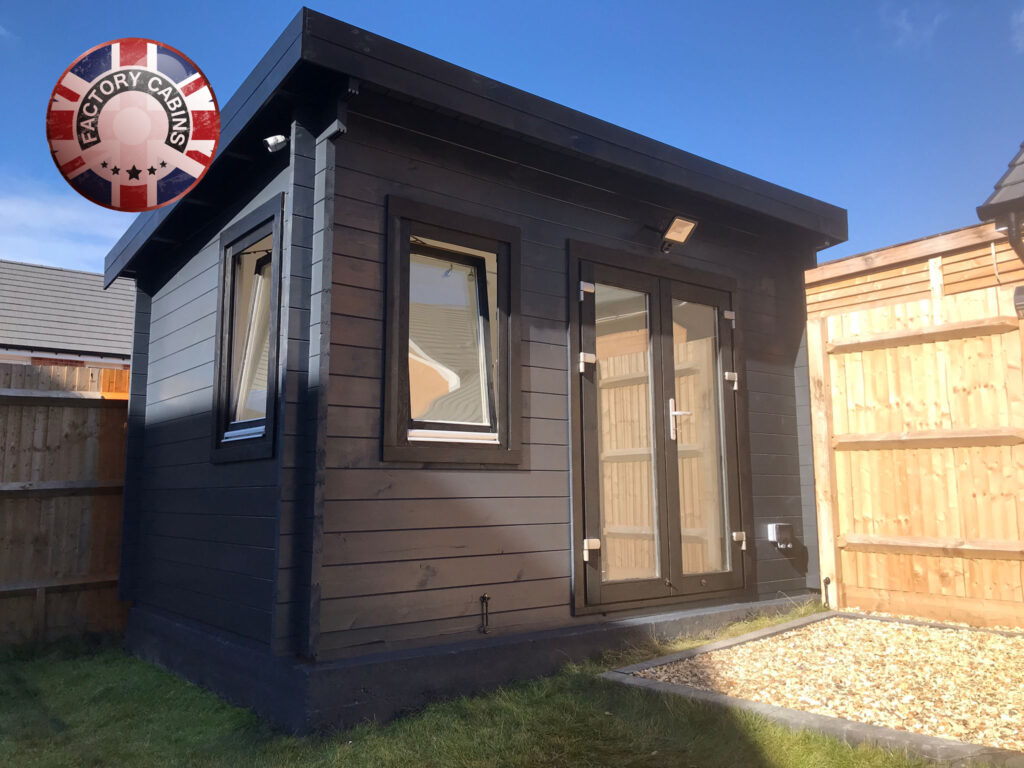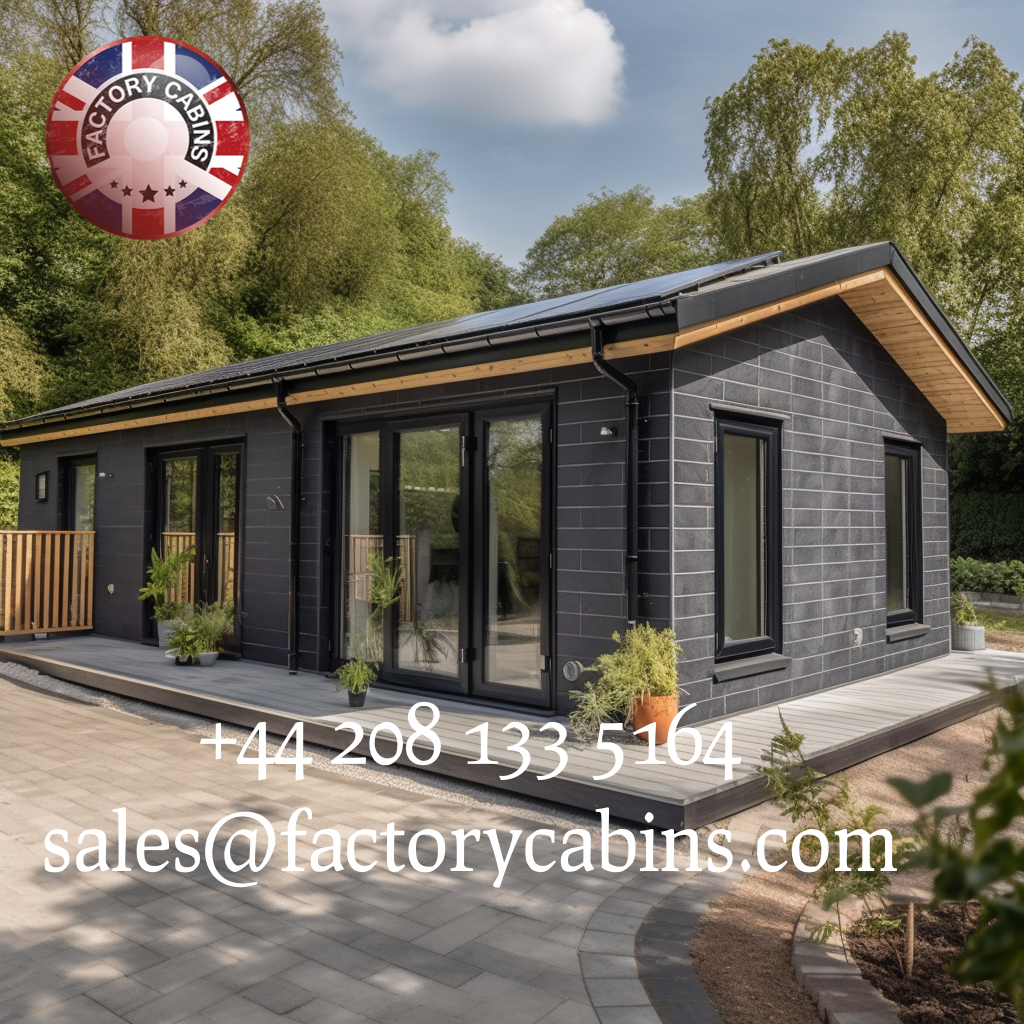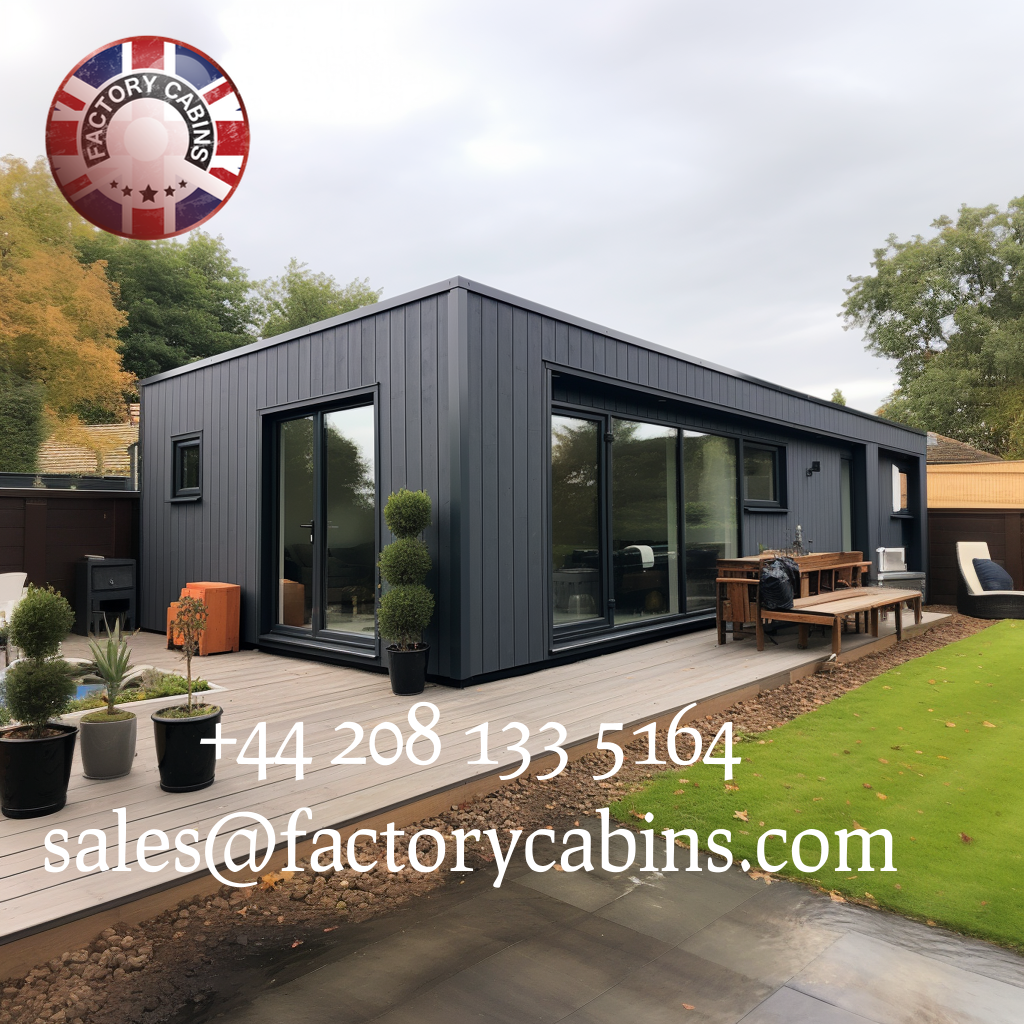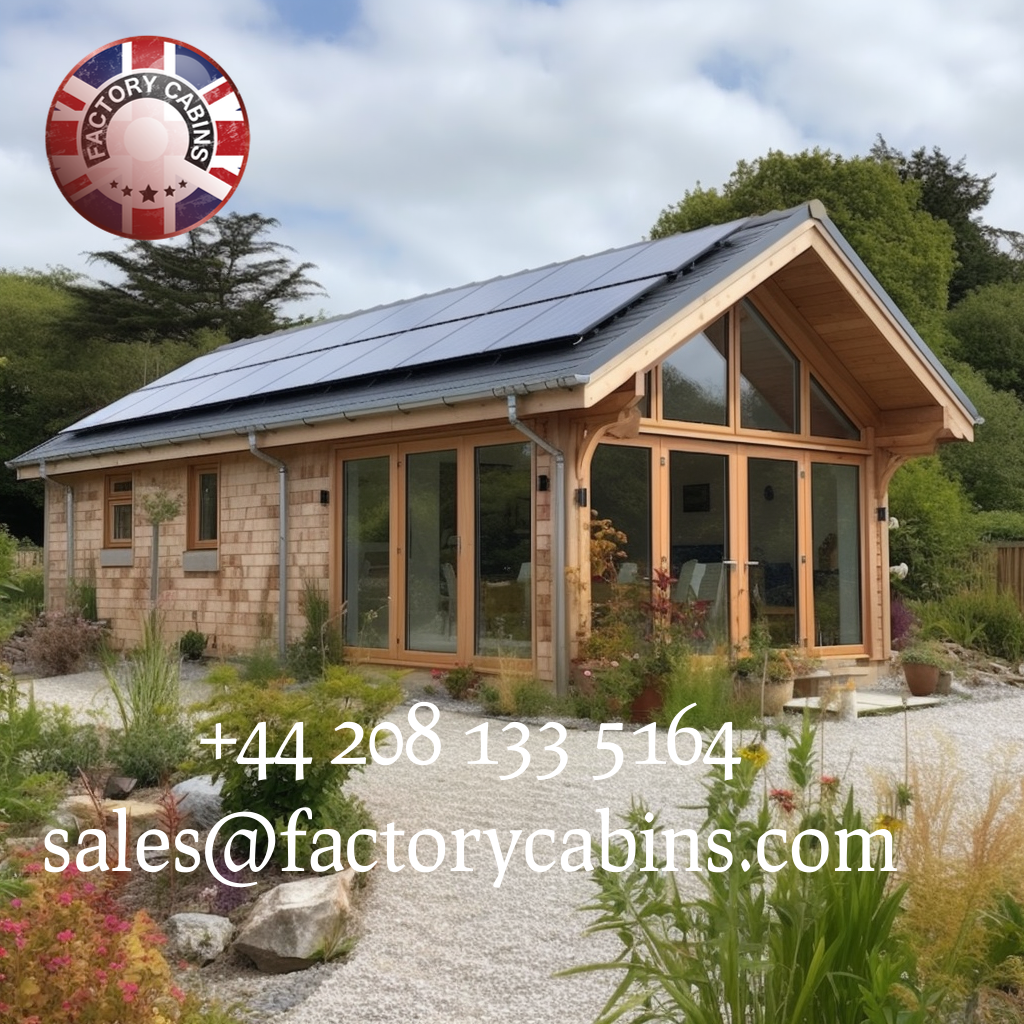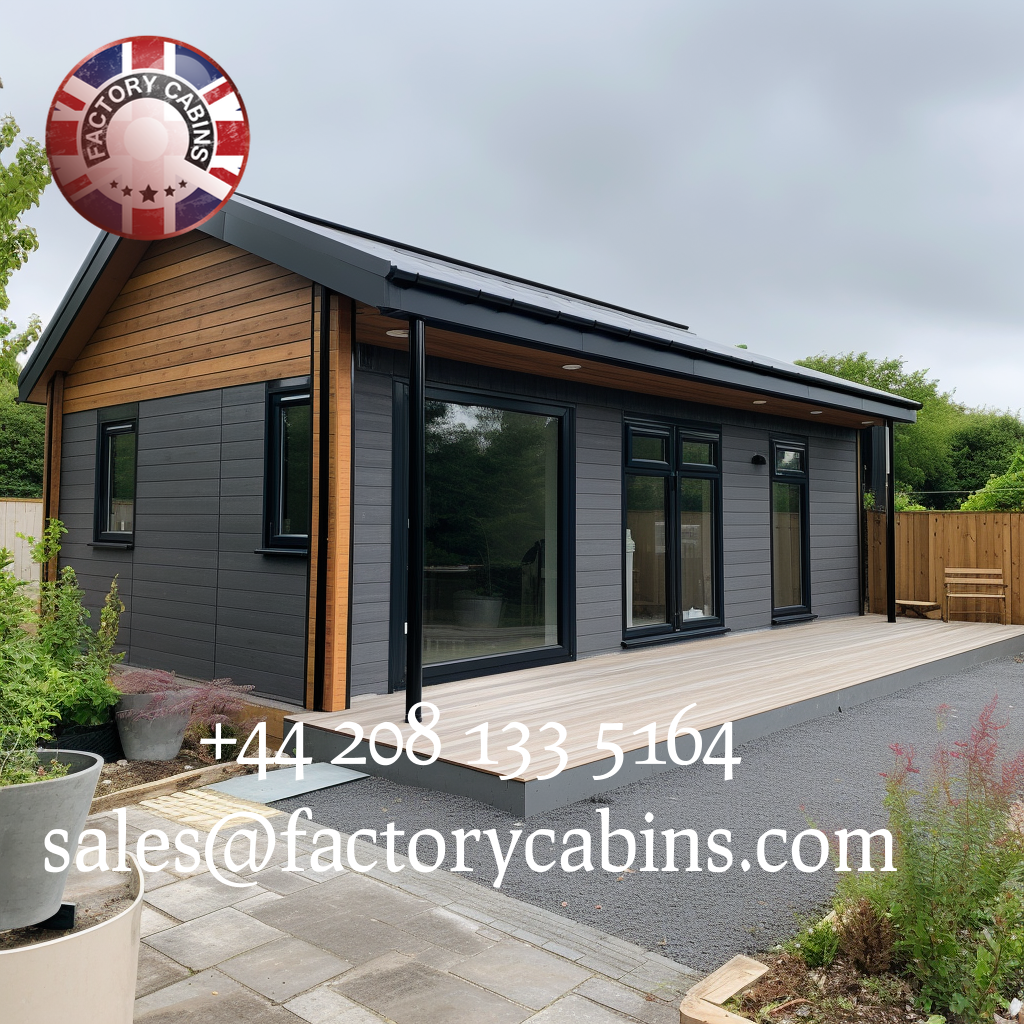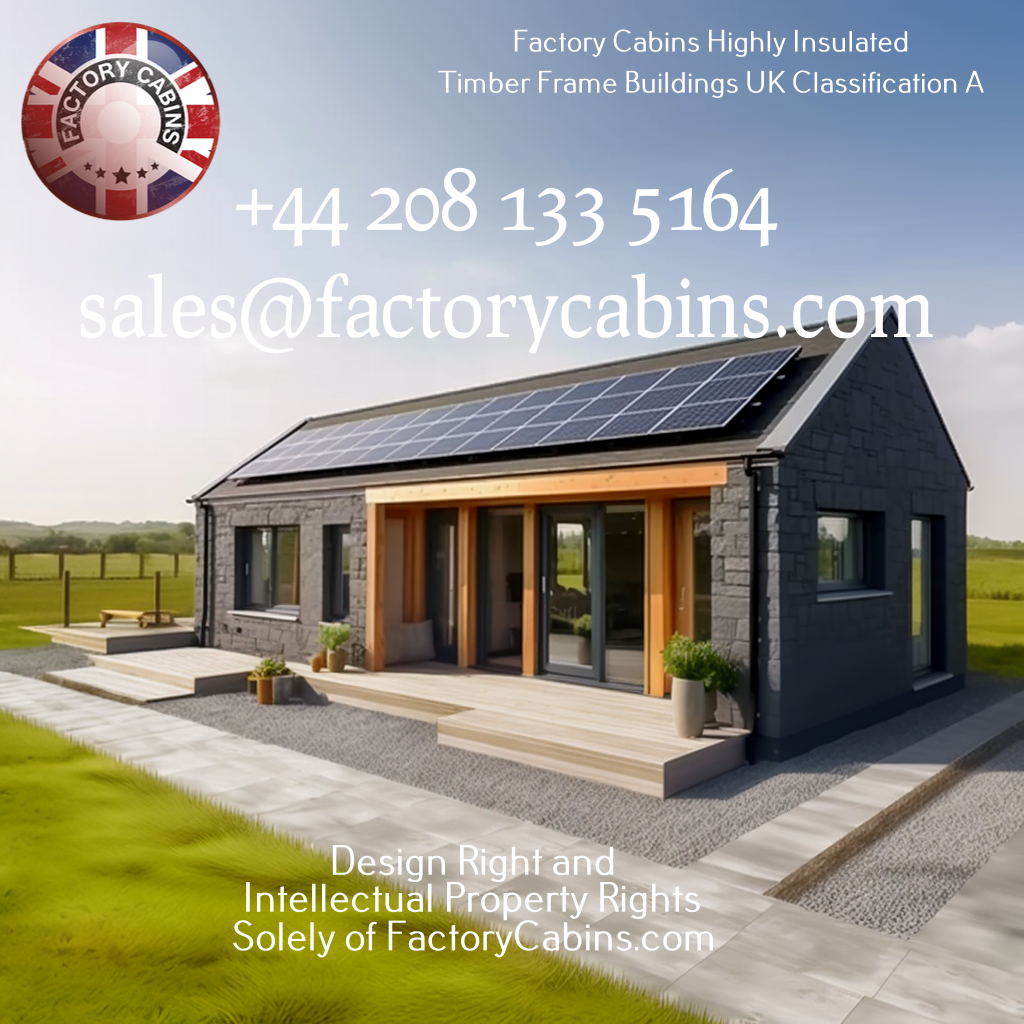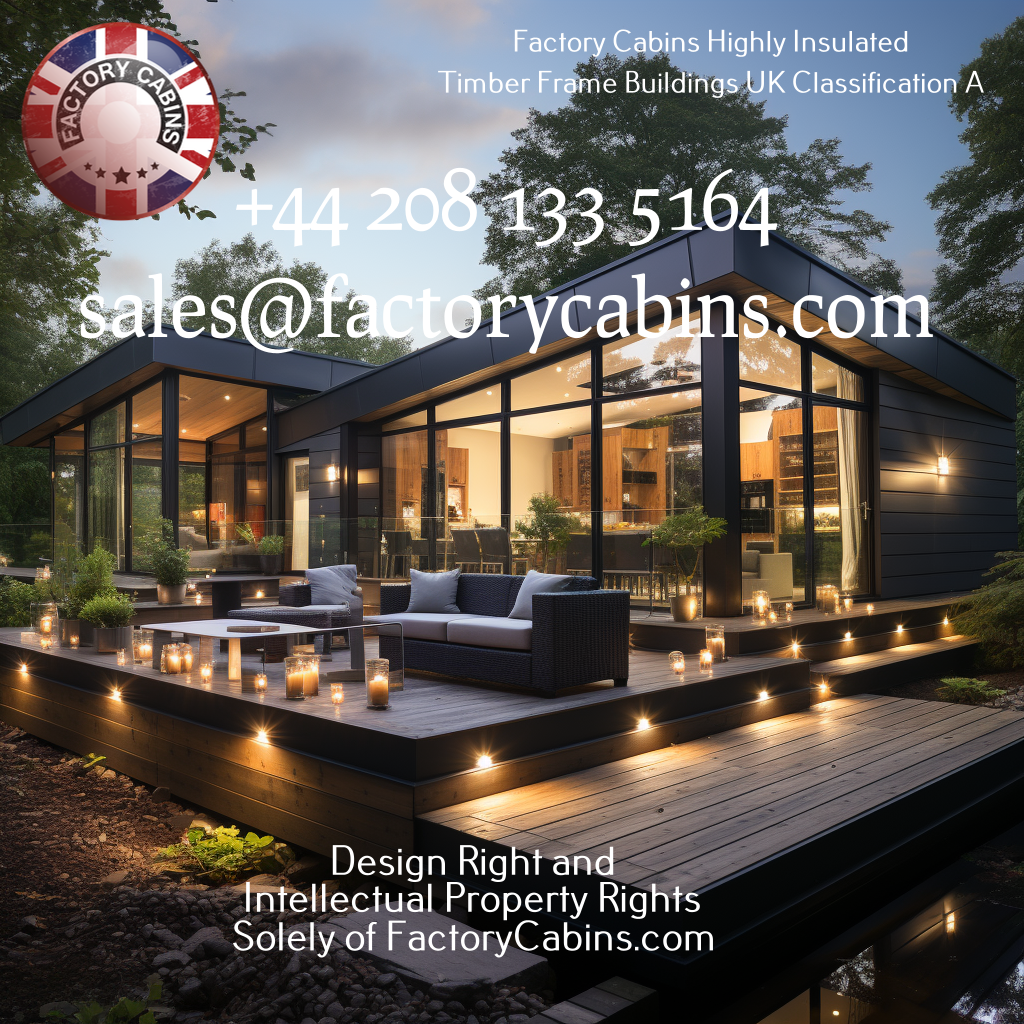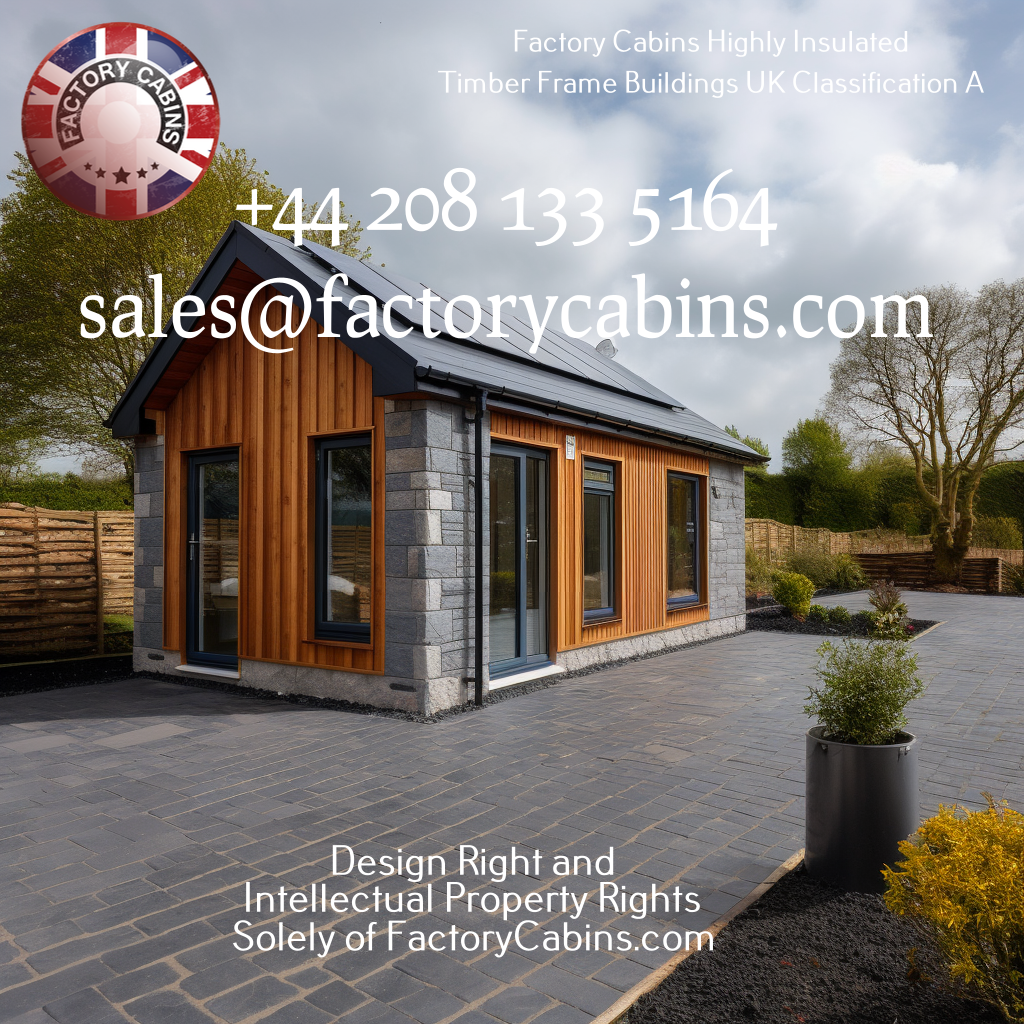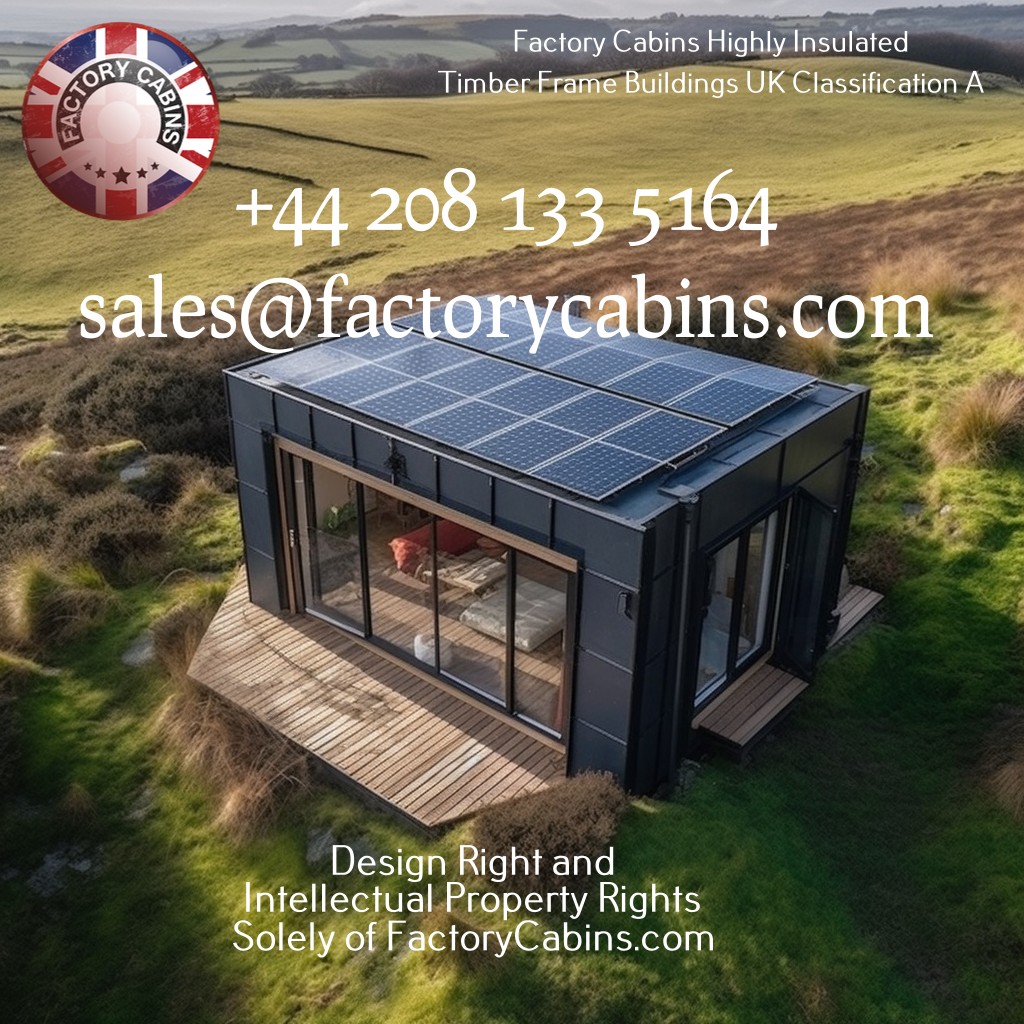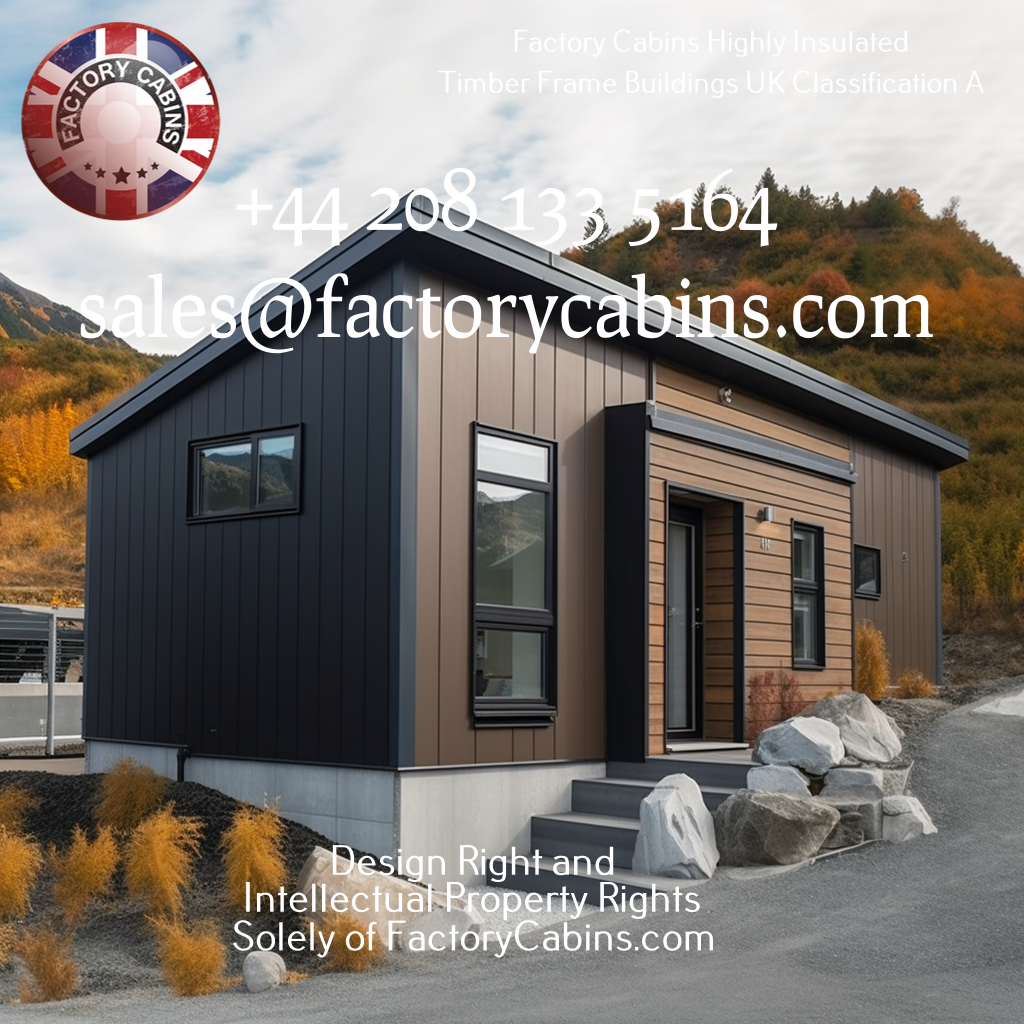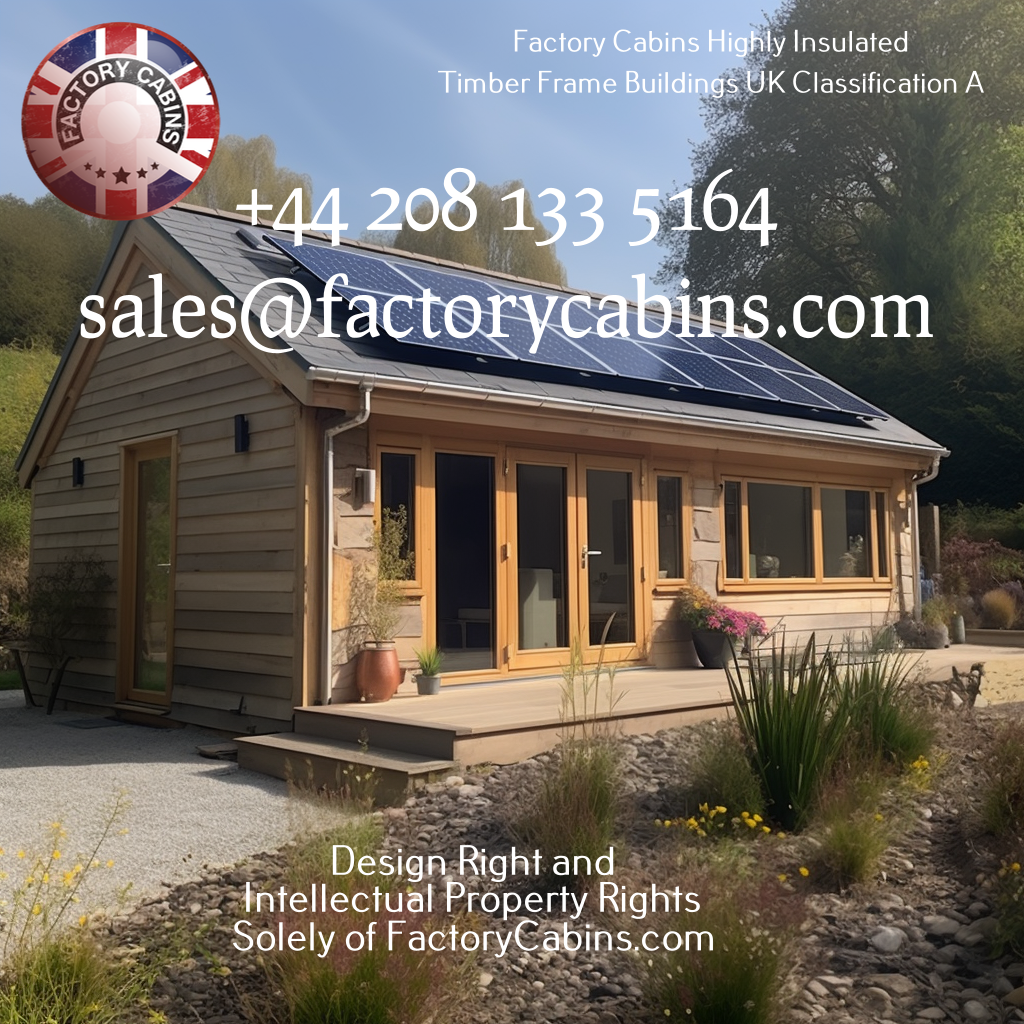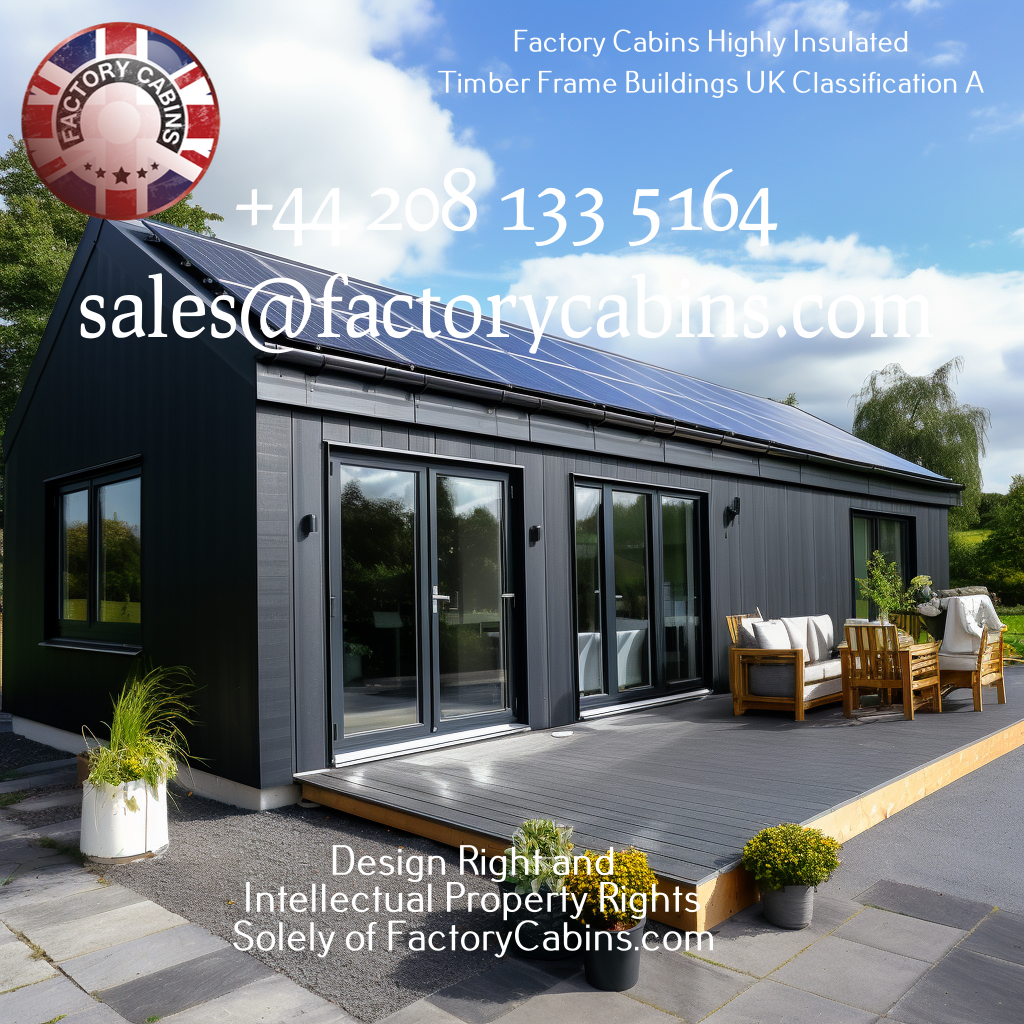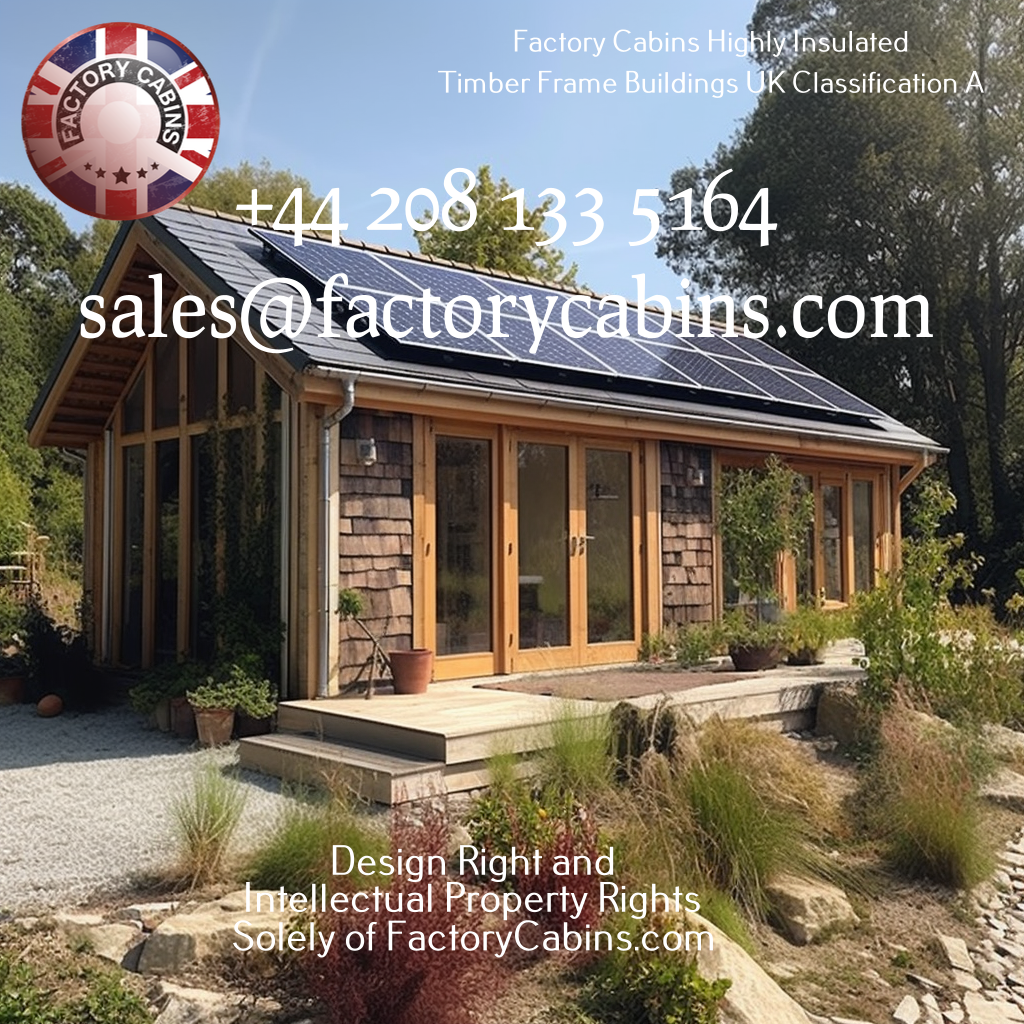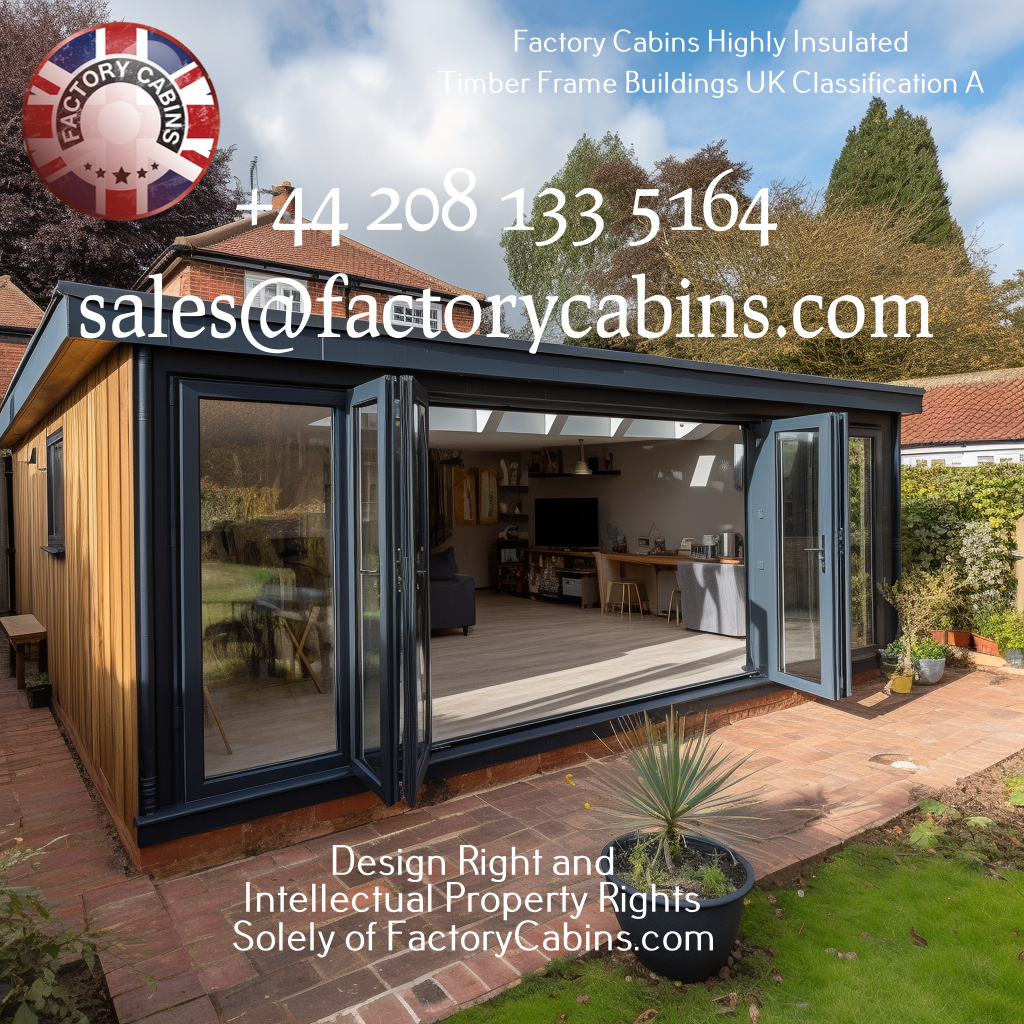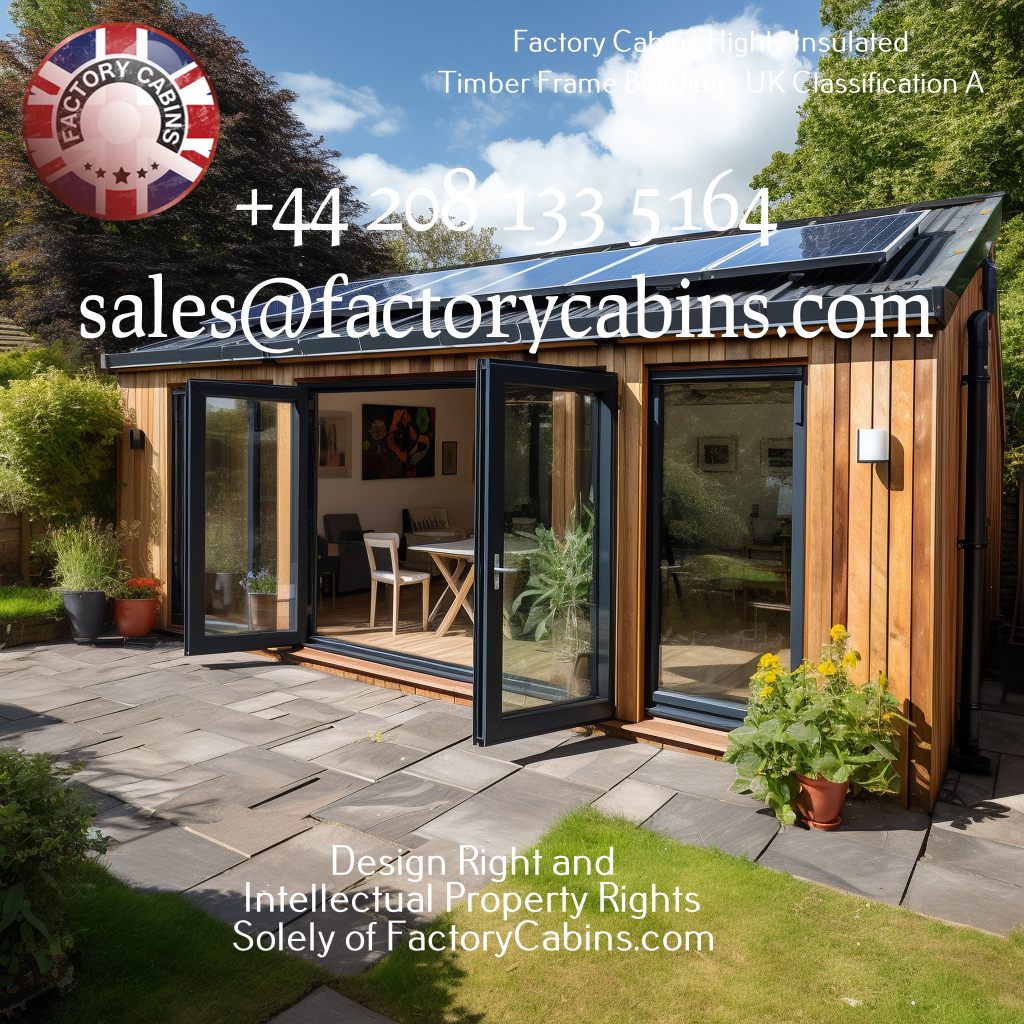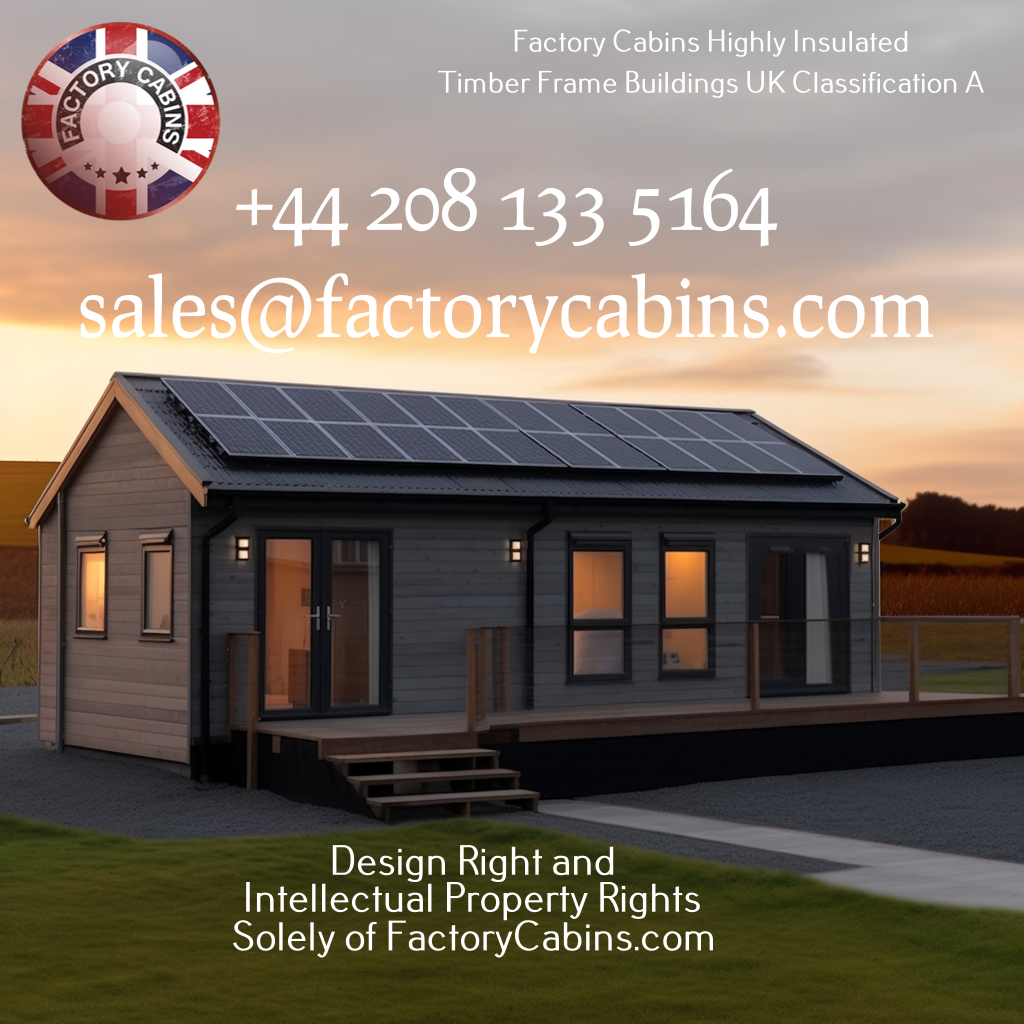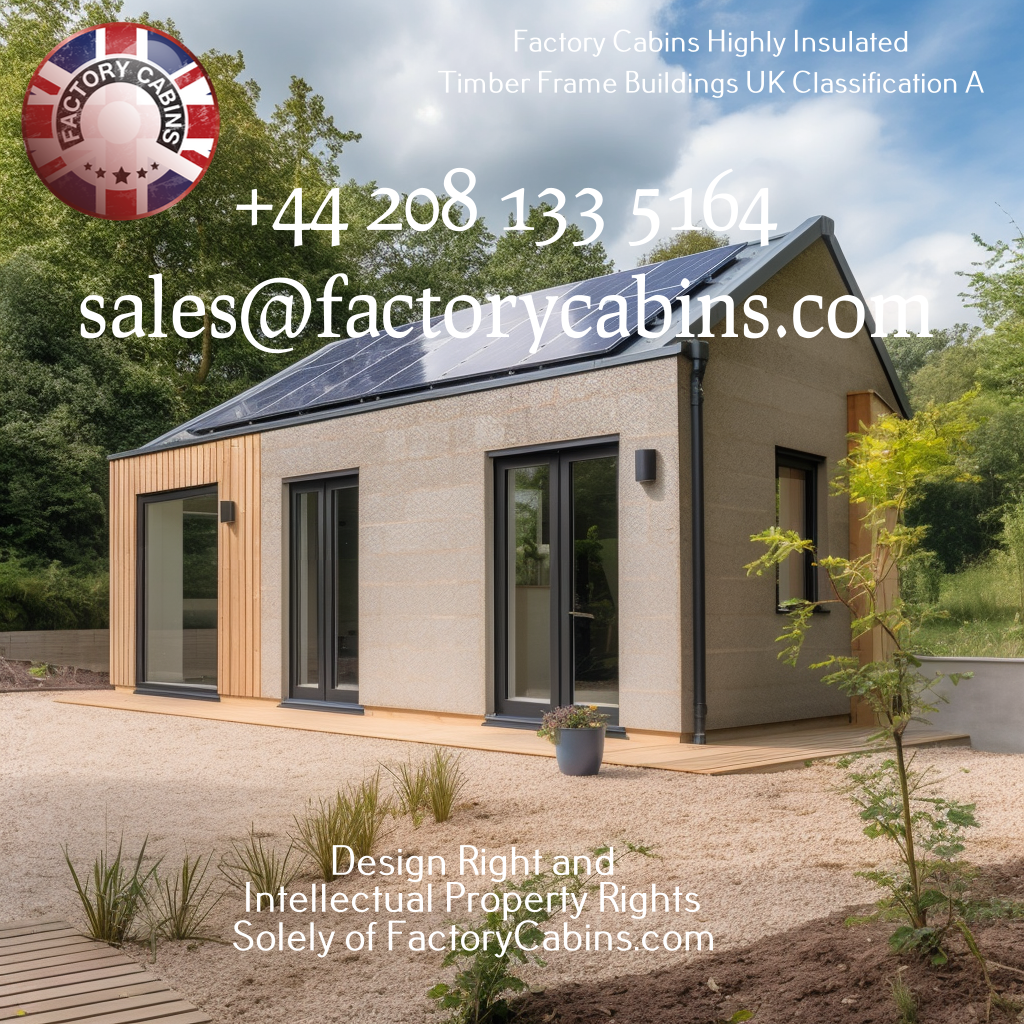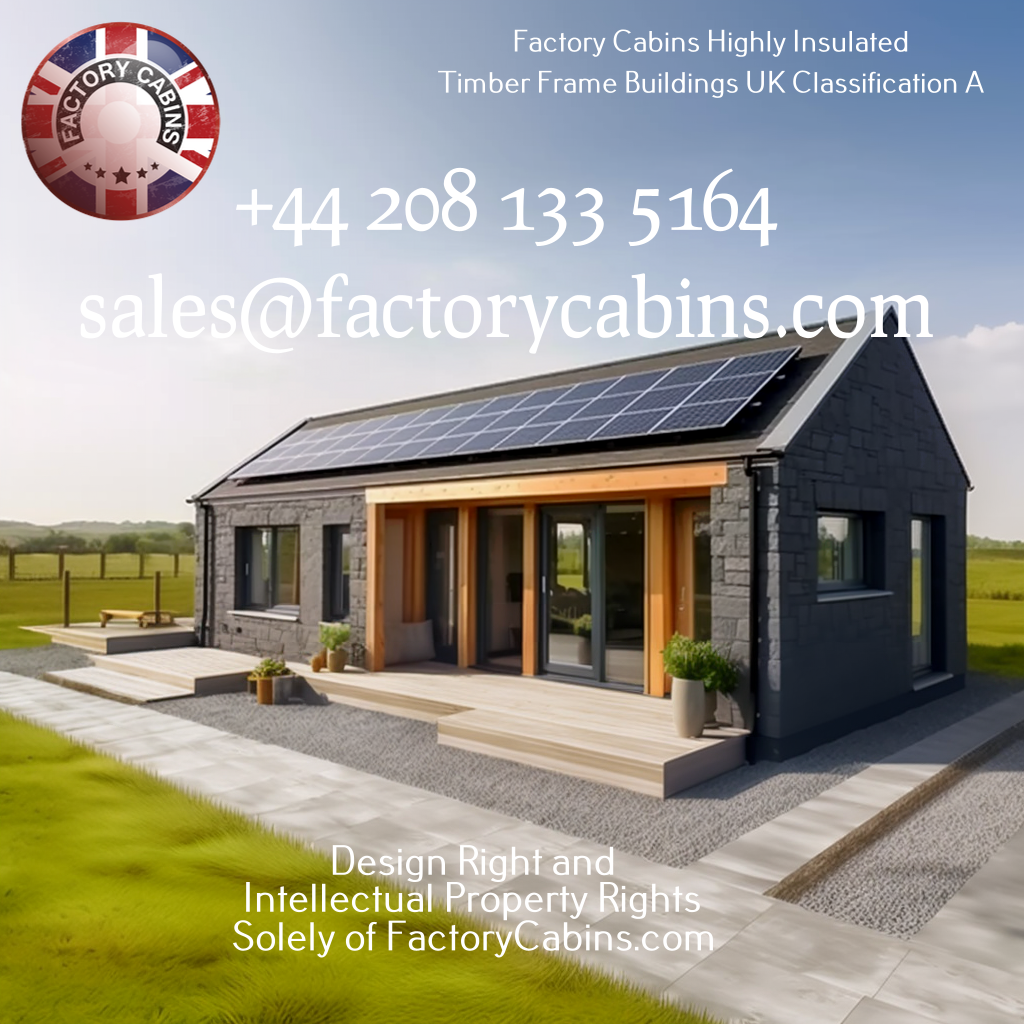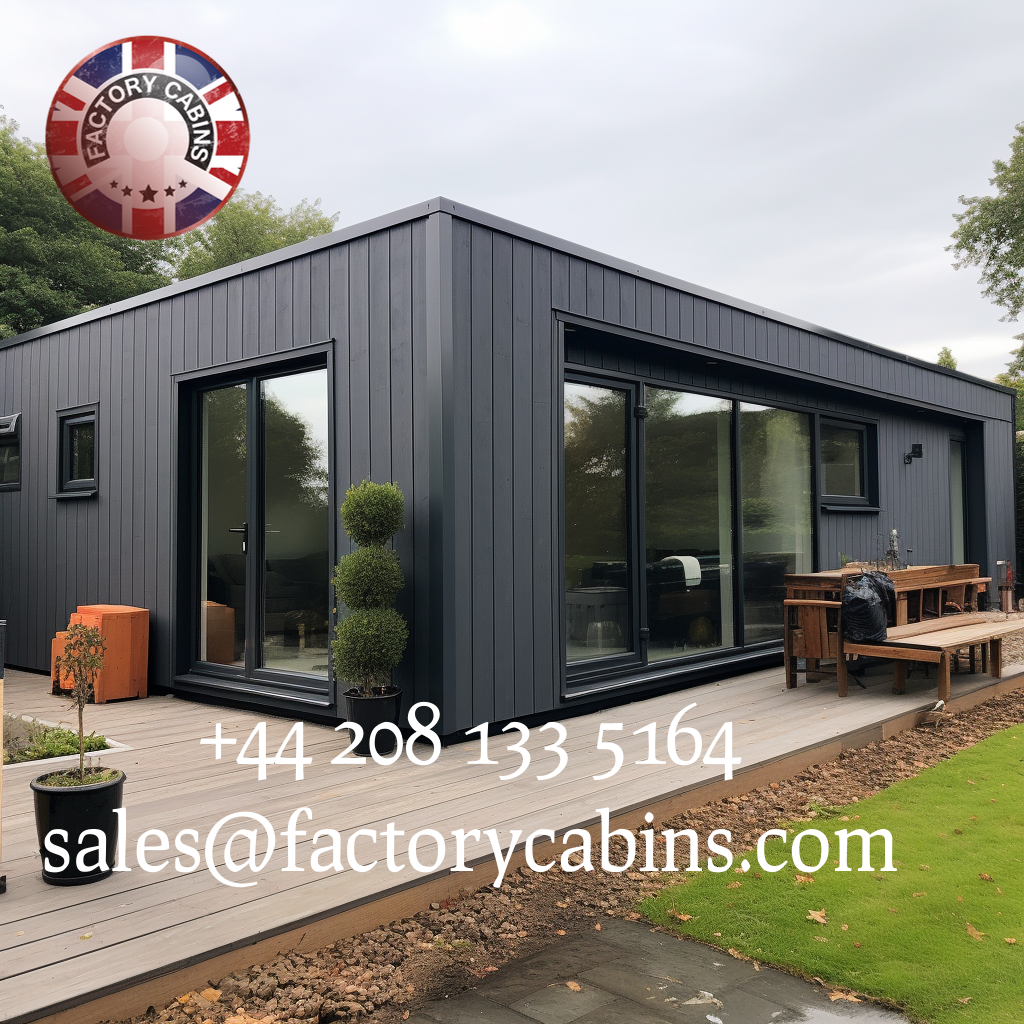We are pleased to introduce off-site manufactured timber frame construction, which is a showcase of the future of construction. The current change in the industry is directly attributable to off-site produced timber frame construction.
The language that is employed in the field of timber construction causes a significant amount of confusion among a large number of individuals. Offsite Manufactured Timber Frame Elements, which is also widely referred to as prefabricated modular building, is our preferred method, and it stands out among the jargon that is being used. Nevertheless, how does this approach differ from the conventional method of building with post-and-beam construction equipment?

What distinguishes onsite timber frame elements from offsite timber frame elements?
Timber frame is the term used to describe a load-bearing structure that is built using hardwood studs as the primary structural component. Conversely, Offsite wood Frame Elements represent a major breakthrough because they entail a complete wall sandwich that combines the external and internal layers with the wood frame. This wall sandwich serves as the foundation for the entire structure. It is possible to save both time and money by employing this cutting-edge method for the construction of timber frames, which ultimately results in walls that are insulated and finished on the exterior.
Challenges that have traditionally been linked with timber frames
When it comes to traditional timber frame construction, there are a few issues that should be taken into consideration:
A Prolonged Amount of Time Spent Conducting Construction
The project has longer schedules because construction is typically completed stud by stud. This leads to the construction process taking longer.
Components of the Climate That Are Involved
Due to the fact that the weather conditions wreak havoc on the materials, it is probable that the general quality of the structure might suffer as a result.

Omissions in the Process of Delivering Matters
When forecasts are not accurate, they almost always result in either an excessive amount of material or an insufficient amount of material, which in turn leads to an increase in the amount of trash produced and the costs associated with transportation.
Issues that manifest themselves on-site
There is a chance that imperfections and unevenness will show up when cutting on-site using basic tools. On the other hand, there are additional costs connected with the utilisation of complex equipment.
There has been a delay in the results.
The entire result is not released until after a significant amount of effort has been made, which necessitates additional hours of work and financial resources for some revisions.
The building of timber frames off-site provides a number of desirable advantages.
Let us examine the elements of the Offsite Timber Frame method that could change as we proceed:
The Use of Accuracy in the Design

It is possible to build elaborate and one-of-a-kind designs because to the technology that is used in modern production. This ensures that aesthetics and functionality are brought together in a way that is harmonious.
To ensure both quality and precision, elements that are manufactured through controlled indoor manufacturing are painstakingly produced in an enclosed industrial environment. This ensures that the elements are of the highest possible standard.
Effective management of the materials that are available
Utilising advanced planning helps to reduce waste while simultaneously optimising product prices and improving overall cost-effectiveness. This is accomplished through the use of advanced planning.
Regarding the Factory’s Accuracy
The majority of the work that is completed is the responsibility of manufacturing facilities. In addition to other duties, this entails impregnating plasterboard or OSB and using Tyvek material for insulation, wind proofing, and vapour barriers.
In just three days, the walls can be built directly on the foundation using the Rapid Construction method; however, closing the roof takes about two weeks.
Adjustability of the Roof’s Layout and Design
In simpler roof designs, it is conceivable for elements to extend to roofing components. This would result in a significant reduction in the amount of time that is necessary for construction.

Beginning of Work Executed Within the Organisation
It is possible to begin construction on the interior of the building as soon as the exterior of the structure is shielded from the elements.
Despite their relatively light weight, Lightweight Strength Elements are incredibly durable. This ensures that the structural integrity of the structure is preserved without affecting the efficiency of the structure.
The quality standard can be met by buildings with net zero energy consumption and above.
In summary, the Offsite Timber Frame method is a great example of innovation that is changing the practises that construction companies engage in. By implementing initiatives such as Net Zero Buildings and tiny house programmes, they have the potential to exert their influence over the whole industry, which will ultimately lead to the adoption of new and improved quality and efficiency standards. In the future, construction with off-site timber frames is a depiction of the future, which is characterised by the combination of precision and innovation.
1. A preliminary paragraph
This is an important step in the process of designing your dream home, and it entails selecting the right cladding for your timber frame construction. Allow us to untangle the intricacies and investigate the options that are best suited to your desired end.
2. In a nutshell, all claddings may be used.
You are correct in your assessment. A timber-framed building can be clad with nearly any type of cladding. But hold on; there’s more to this story than meets the eye. First, consider the characteristics that make finishes so appealing when applied to timber structures.
3. Timber Frame Construction Advantages for Quick Construction

Take into account the following: It will take between five and ten days to complete your waterproof shell, obviously depending on the size of your new home. Timber frame construction is a quick procedure that allows for simultaneous work on the inside and outside of the building. How does that compare in terms of effectiveness?
4. Increased Energy Efficiency Through the Use of Timber Frames
Understand how a factory-built timber frame system can provide great energy performance while maintaining a lightweight wall profile. Investigate the calculations to see how you can increase the floor area without compromising the insulation.
5. Alternatives to Lightweight Cladding
Factory Cabins Ltd. examines the growing demand for lightweight cladding in this article. Brick slips, render boards, brick weatherboarding, and fibre cement are all easy to install and require minimal wall build-up. Weatherboarding made of brick is another alternative.
6. The installation of lightweight cladding
You should learn the fundamentals of lightweight cladding installation. Recognise the importance of airflow and ventilation in maintaining a healthy structure, starting with the timber frame panels and on to the battens and final finishes.
Cladding Blending, Matching, and Combining
Determine the extent to which you may produce diversity by combining different cladding finishes on your timber frame construction. For an aesthetically pleasing and low-maintenance result, we suggest combining counter-battened render board with fibre cement.
Various Brick and Stone Cladding Alternatives
The classic beauty of brick and stone finishes should not be disregarded, even in the age of lightweight claddings. The differences in thickness between the different materials must be taken into account when mounting stone claddings to timber frames.
9. Making Use of Timber Cladding as a Payment Method It is your wooden framework.
Consider the financial aspect of the matter. It is critical to be aware of the components that should be addressed when looking for financing for a home with a timber frame and timber cladding. As a result, Simon suggests that the cladding system be explained to the investors in order to speed up the process.
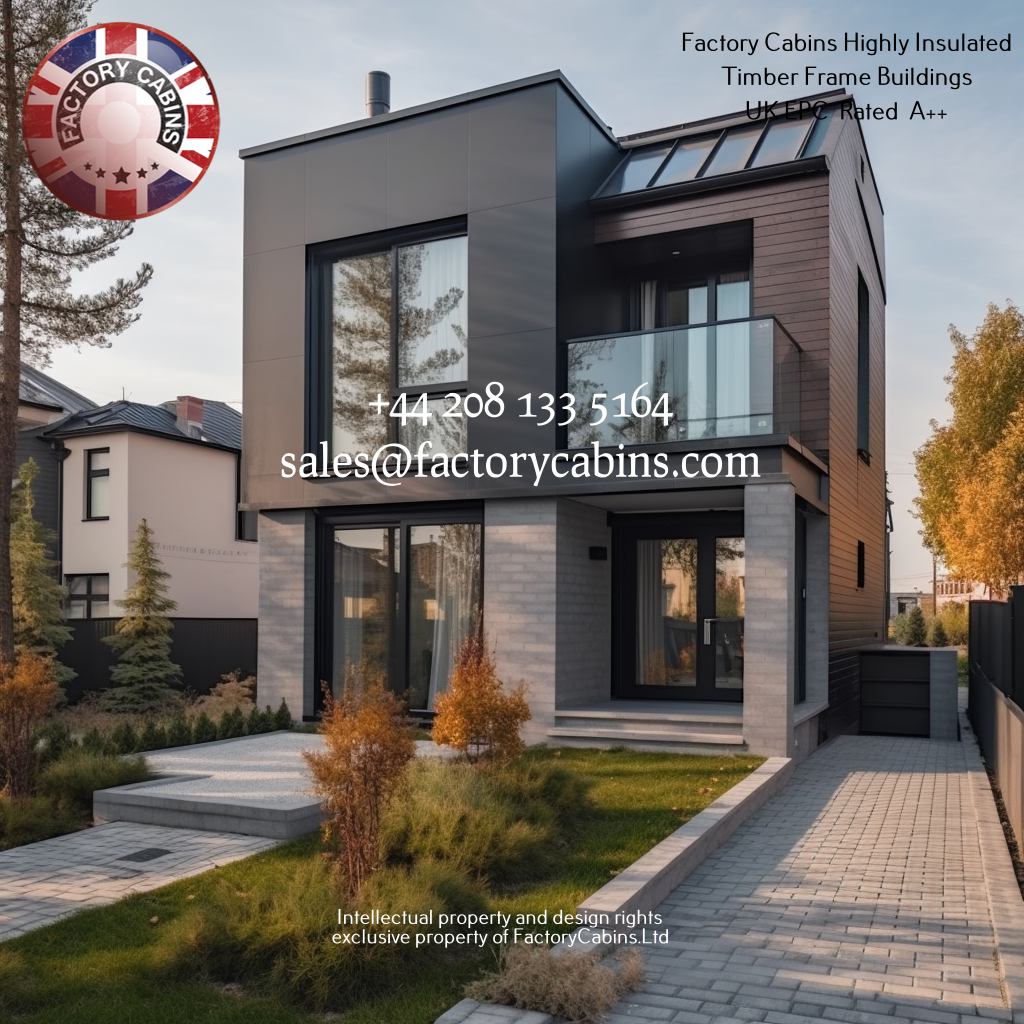
10. Fire Safety Considerations in Cladding: Picking cladding that is fire-rated, water-proof, and has a high insulation value is also available. and highly sought after, as timber cladding, be it larch, pine, spruce, or cedar, all need love and attention.
11. Finally, keep in mind that the cladding choices you pick for your timber frame home affect not just its visual appeal but also its practicality and safety. If you make a wise choice, your ideal home will be able to survive the test of time.
Twelve Frequently Asked Questions About Timber Frame Cladding Question 1: Is it feasible to blend different types of cladding on the same wall?
Unquestionably! Using lightweight components allows you to easily create one-of-a-kind combinations, which boosts the aesthetic appeal of the wood frame structure you’re working on.
Is it important for me to have various trims on my windows and doors?
Trims are required to provide a finished appearance. Make sure to include bug netting to keep unwanted visitors from entering!
What effect does cladding have on the efficiency with which energy is used?
The thickness of the cladding as well as the type of cladding utilised have an impact on insulation. This should be considered throughout the design phase to achieve the highest potential energy performance.
Are there any other options available besides the usual brick and stone covering?
Without a shadow of a doubt! Investigate pre-cut items and distinctive finishes to create the required appearance without the added thickness.
Is it possible for mortgage lenders to finance houses with timber-clad timber frames?
Even though some conventional lenders might be leery, specialty suppliers like might be more willing to work with their clients. The cladding system should be specified to facilitate funding.
Before making decisions about your timber frame house, you should give it a lot of thought. Acquiring knowledge of the nuances of cladding can lead to the creation of a shelter that is not only durable but also aesthetically pleasing and energy-efficient. Now is the time to embark on your adventure with the wood frame and let your home tell its own tale.
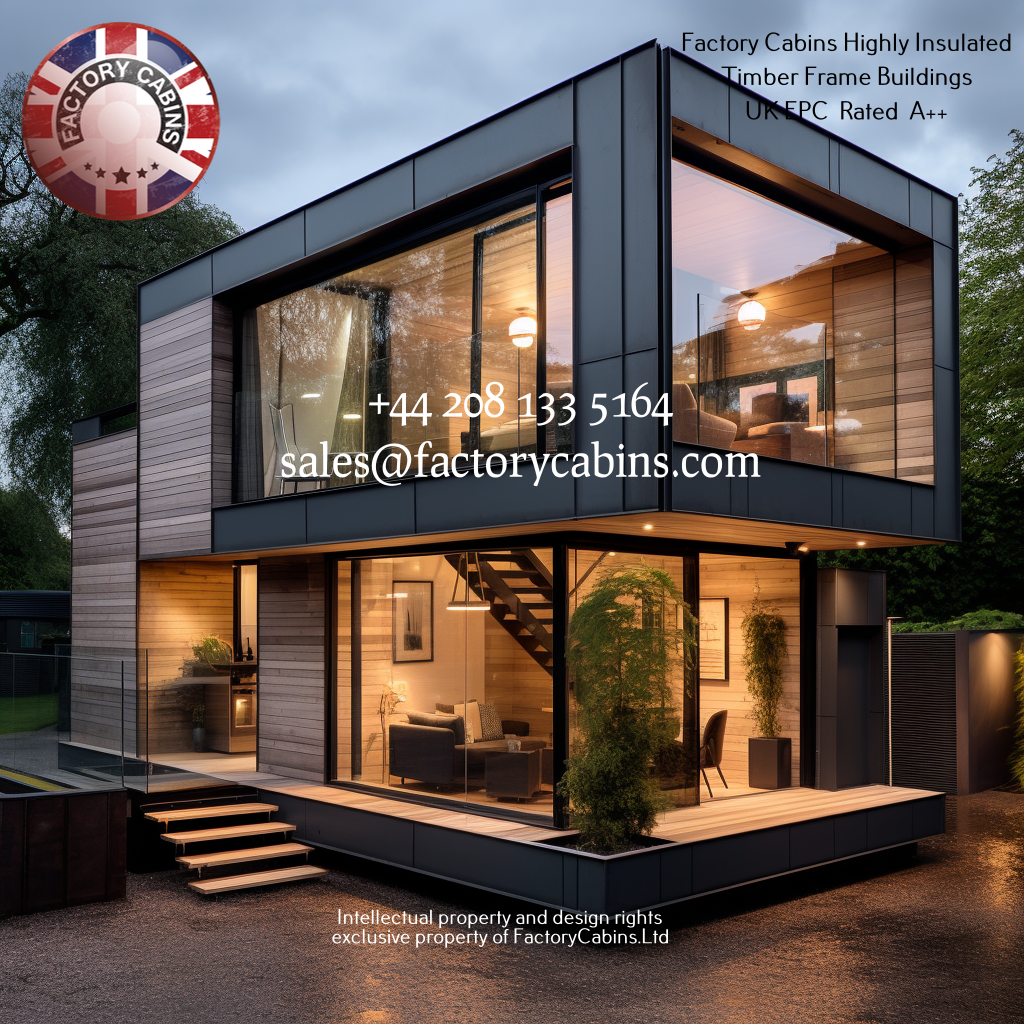
Thank you for reading our Blog
Metal cladding for timber frame, Steel siding options, Aluminium cladding solutions, Zinc exterior cladding, Copper panelling for timber buildings, Corrugated metal cladding, Standing seam metal cladding, Corten steel cladding, Metal shingles for wood structures, Weathered steel facade, Galvanised metal cladding, Perforated metal siding, Architectural metal cladding, Lightweight metal cladding, Insulated metal panels for timber, Stainless steel timber cladding, Brass cladding on wood, Titanium cladding for exteriors, Industrial metal cladding, Powder-coated metal siding, Anodized aluminium cladding, Metal mesh cladding, Rusted metal exterior, Contemporary metal facade.
